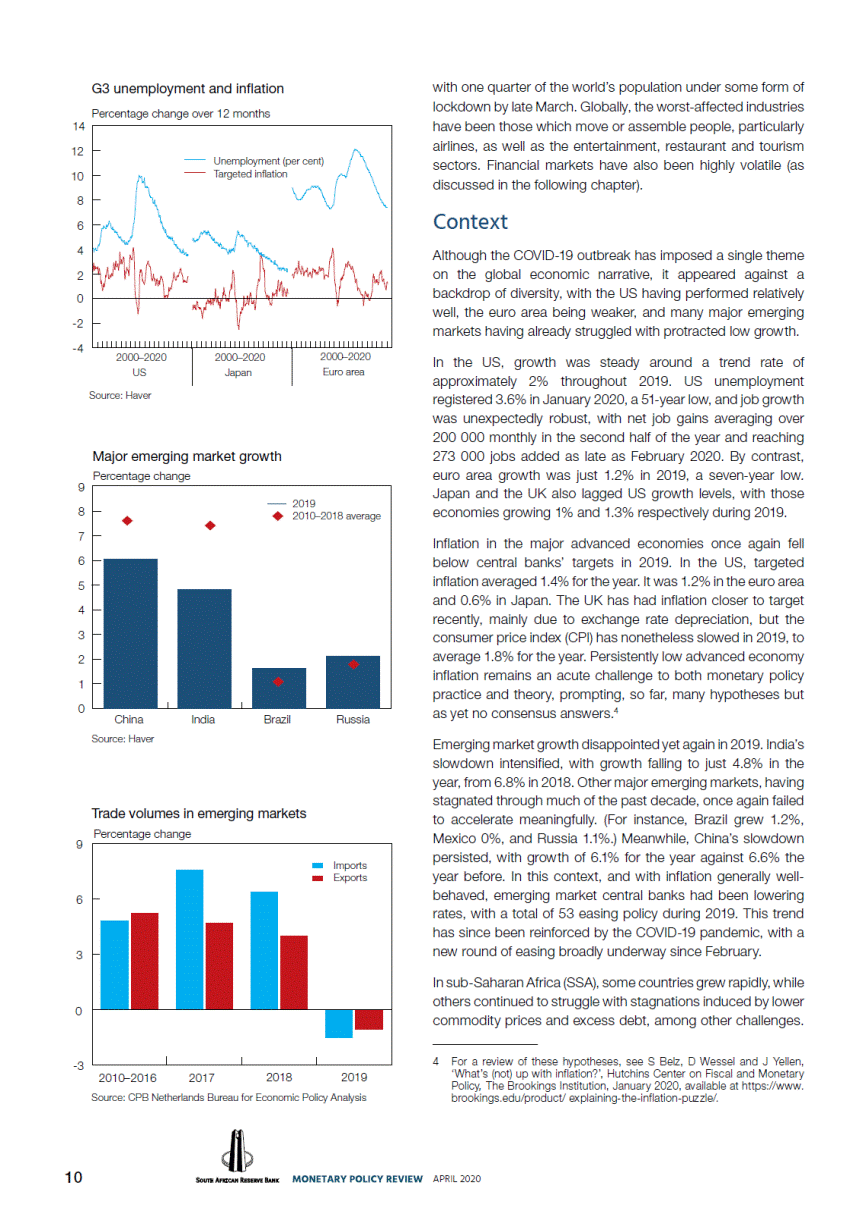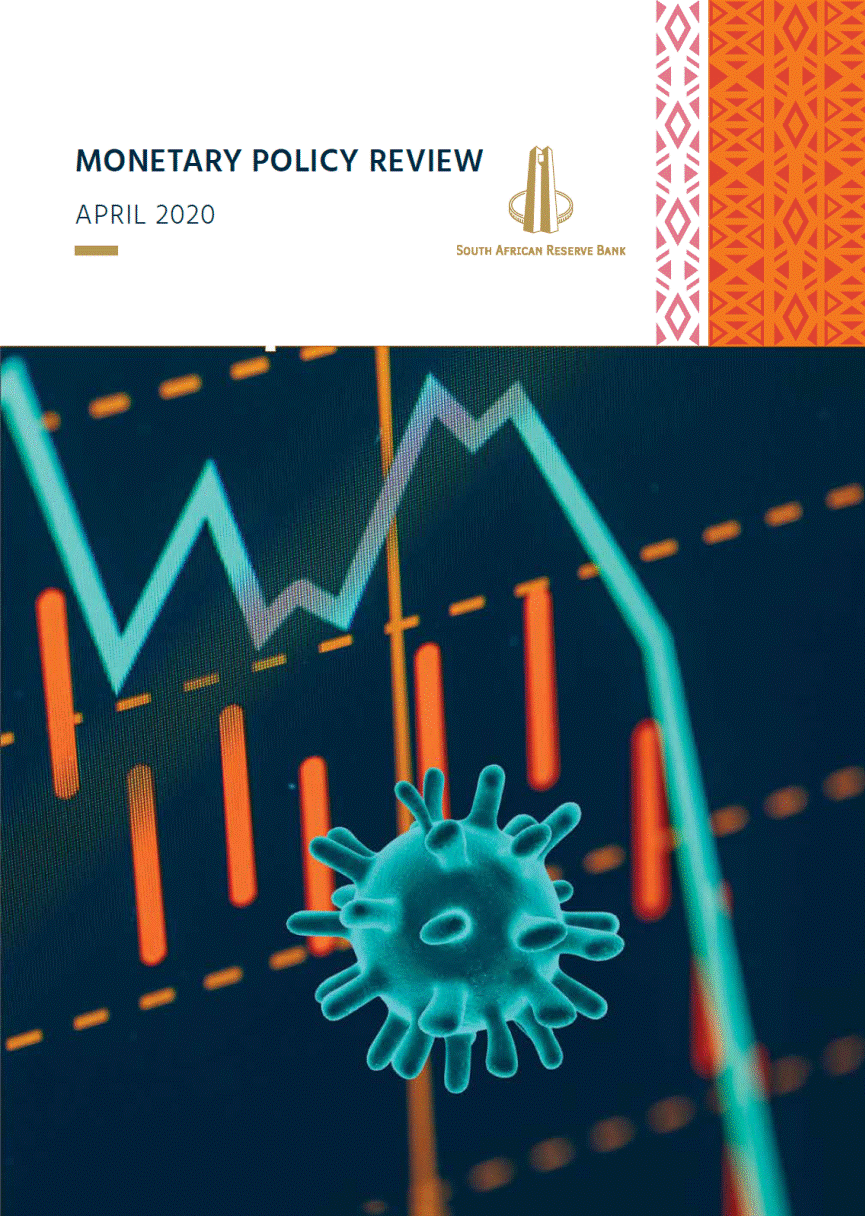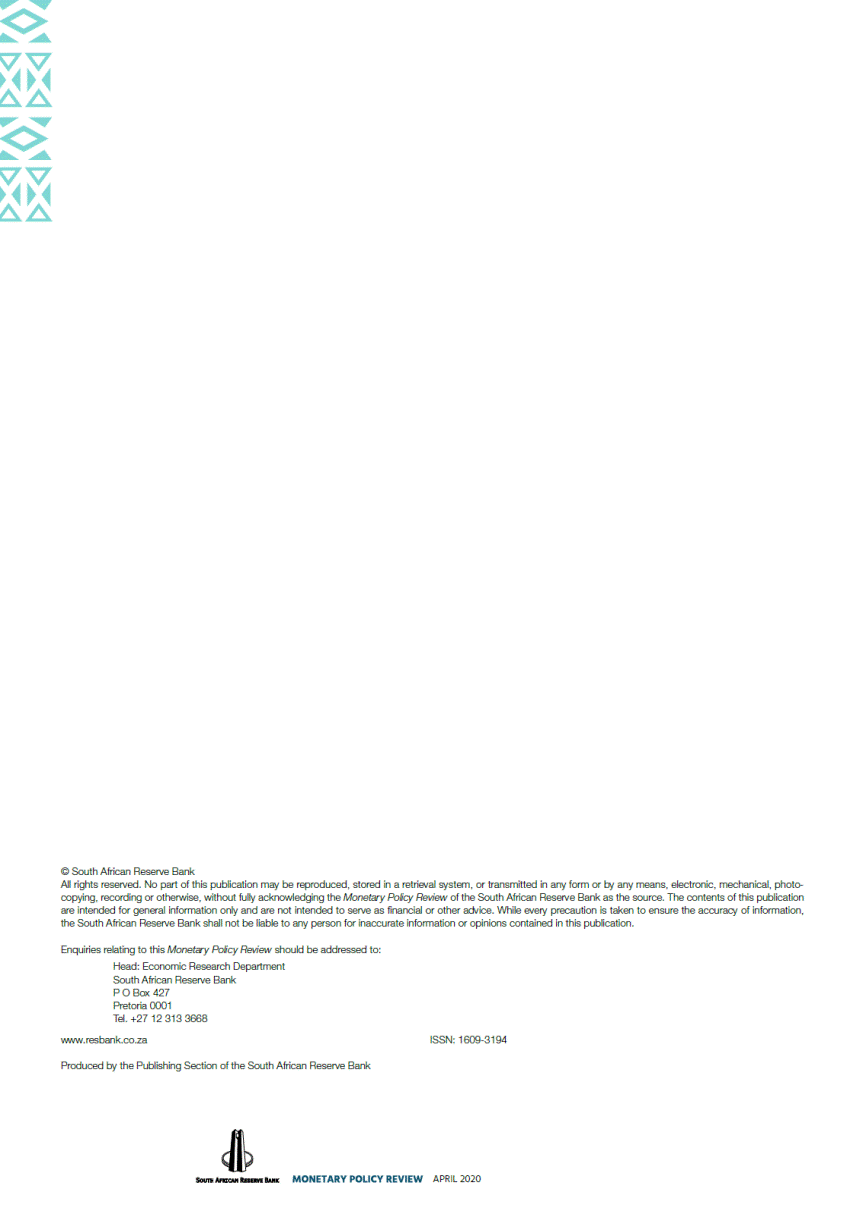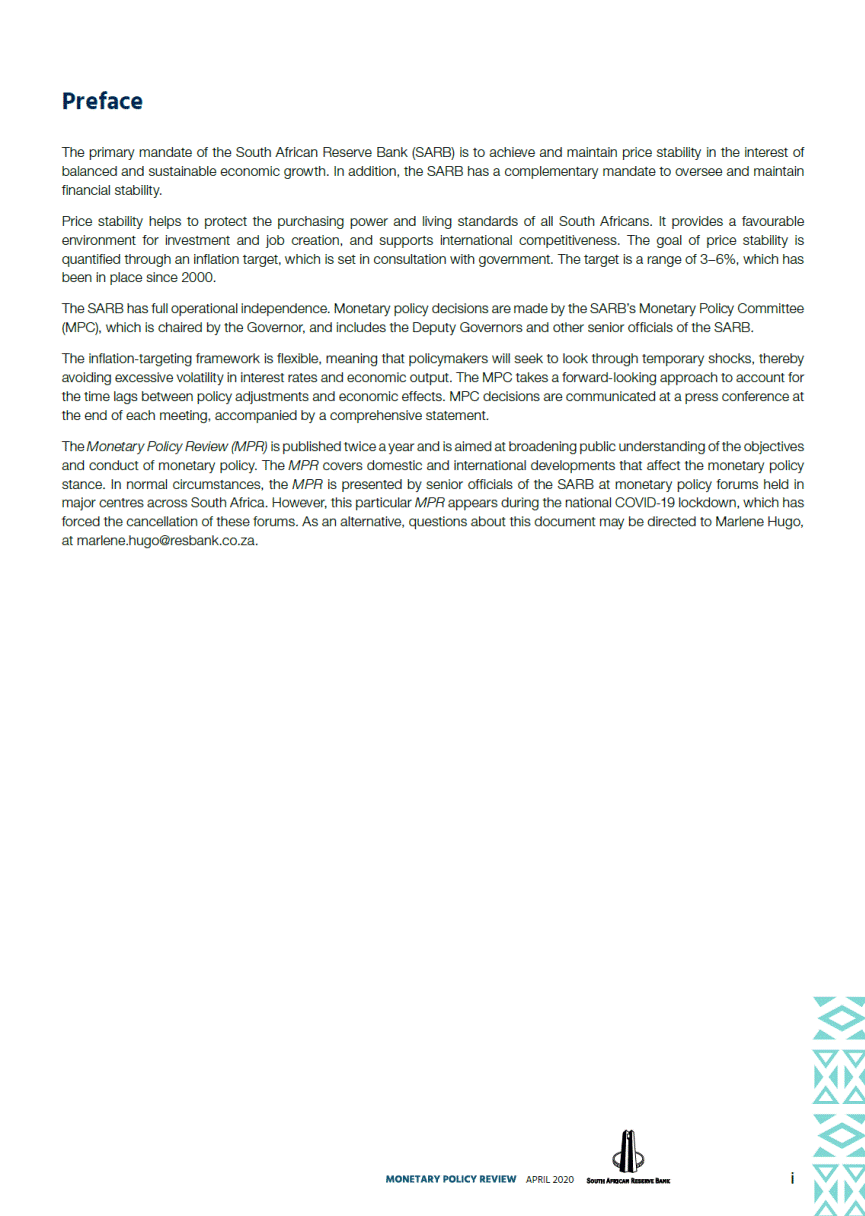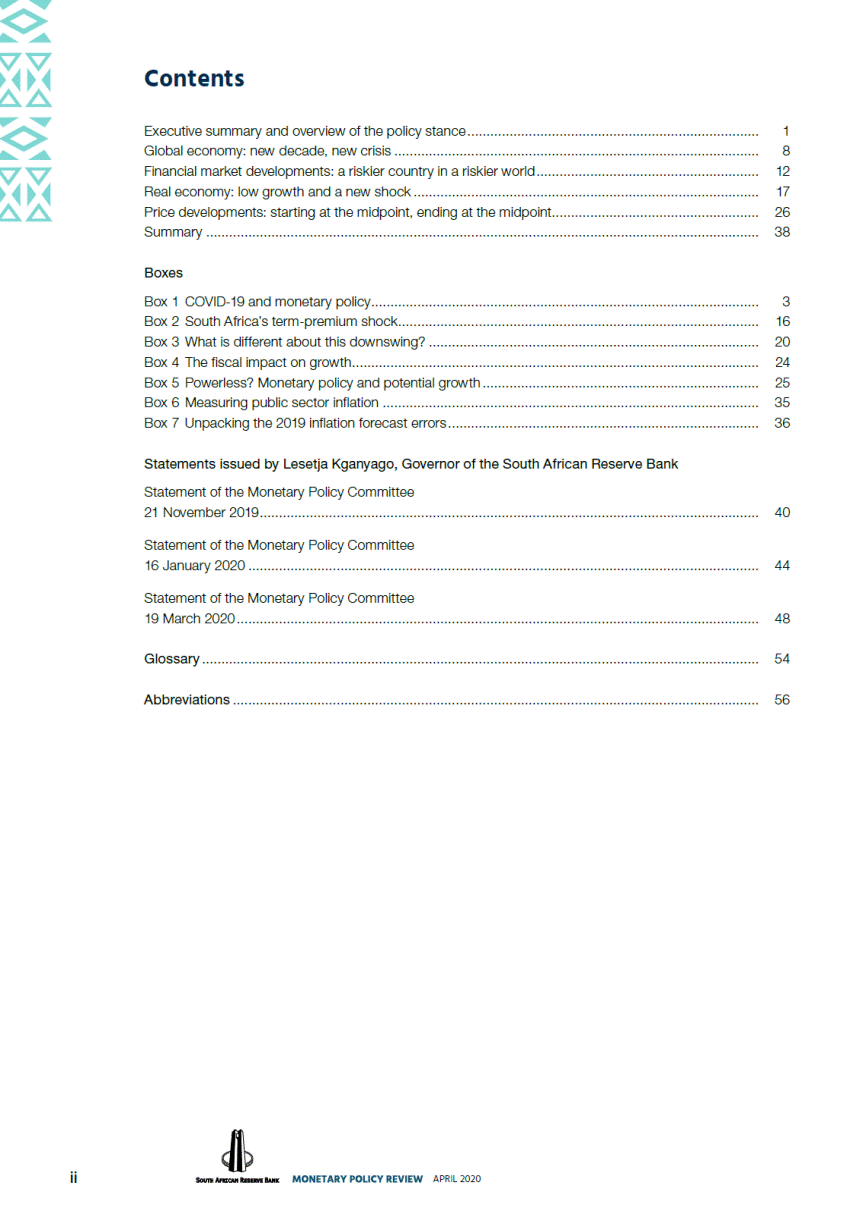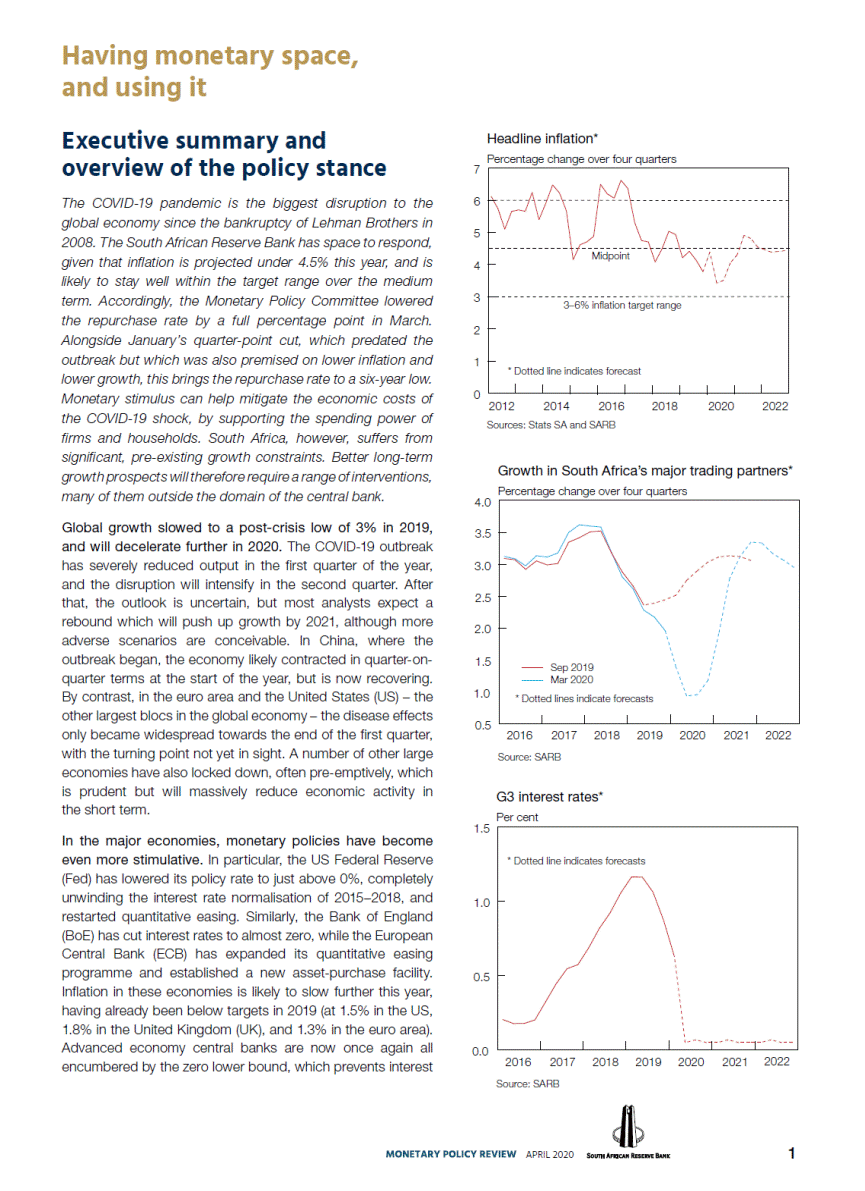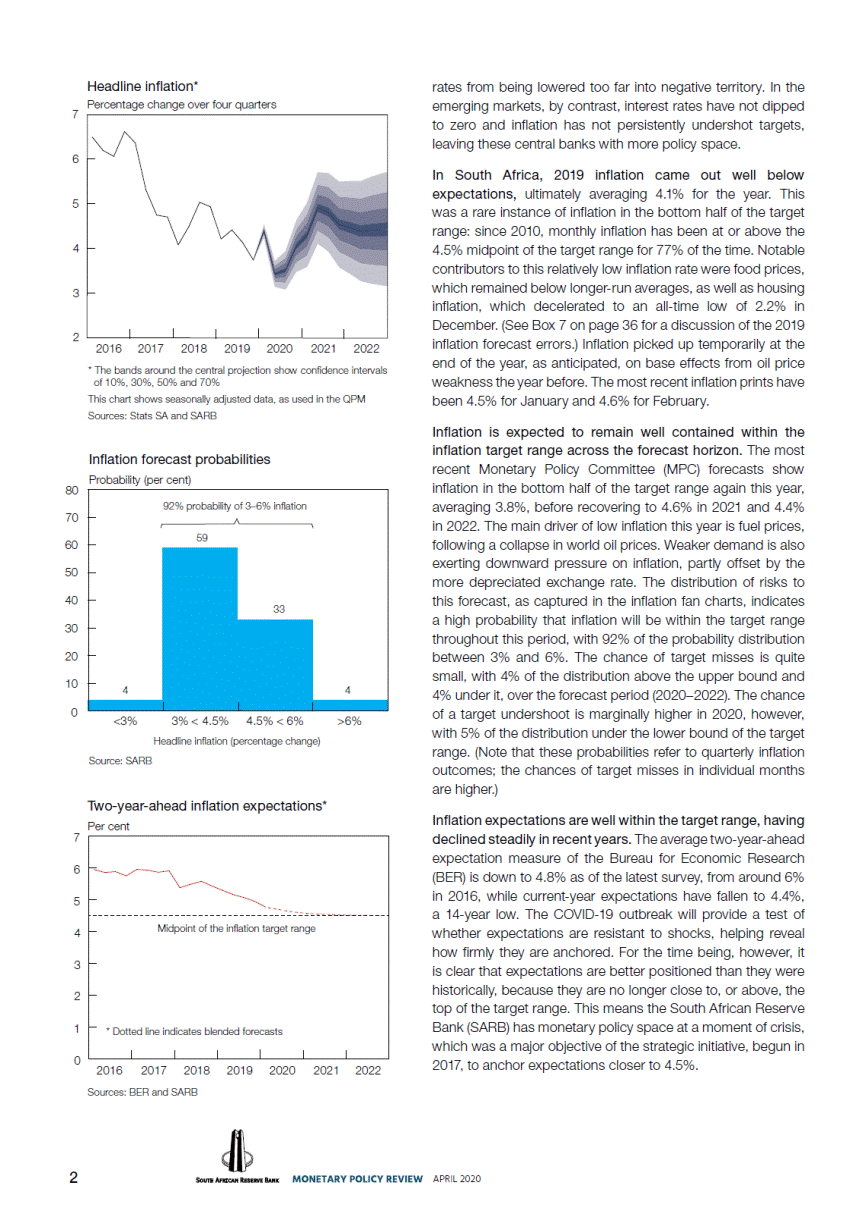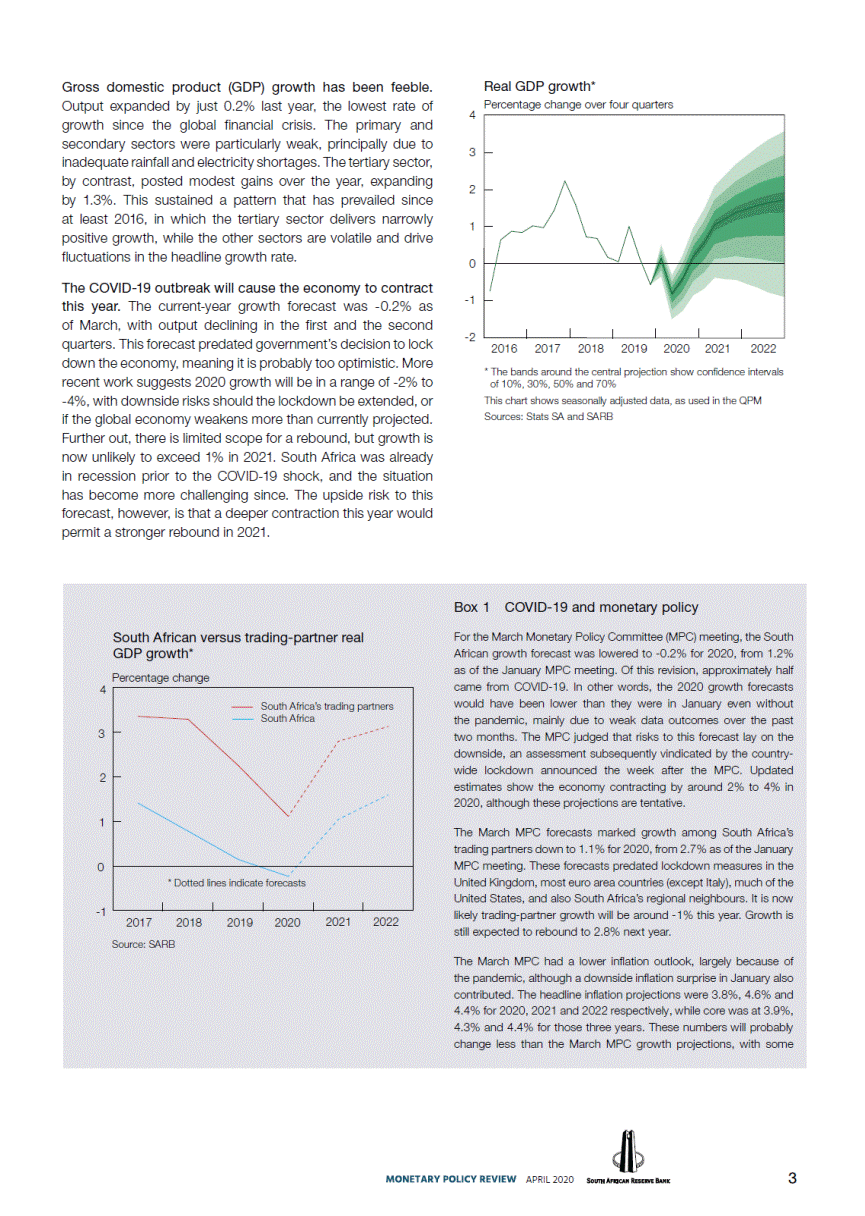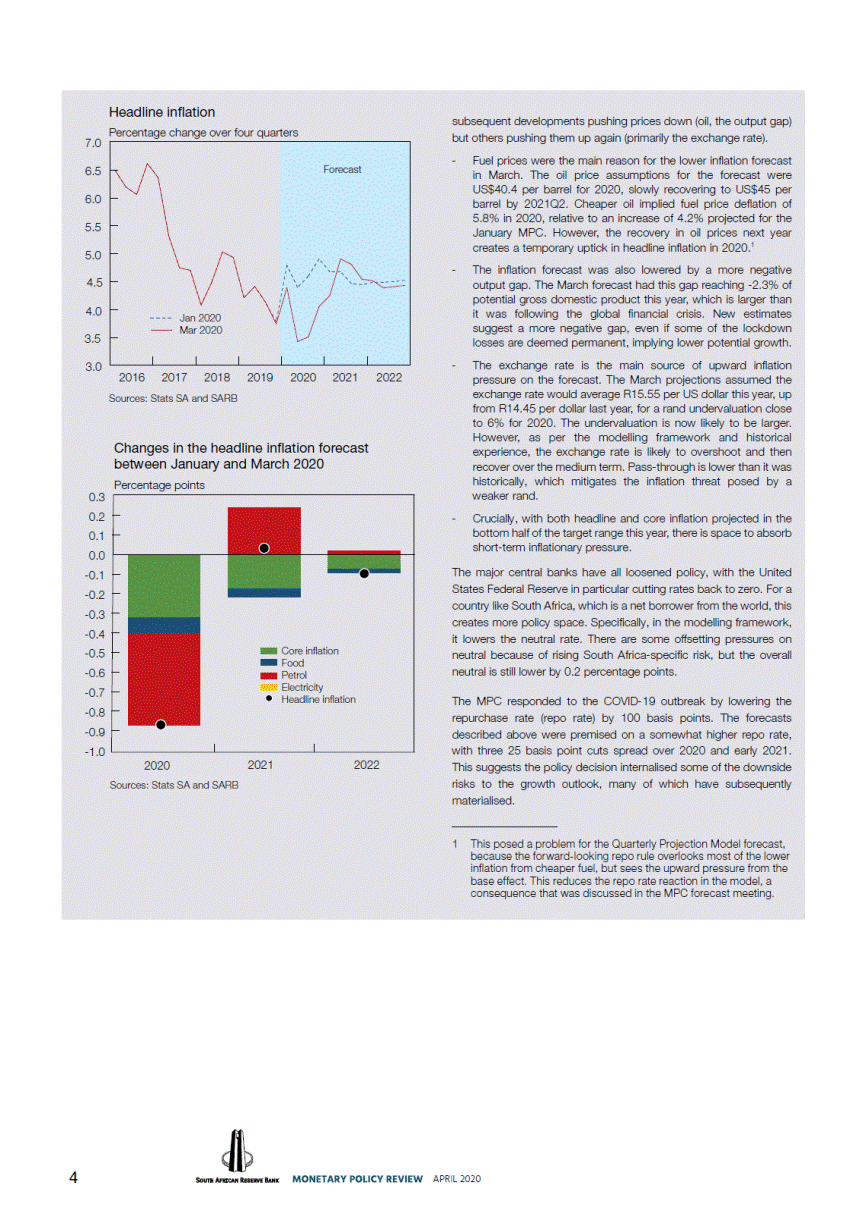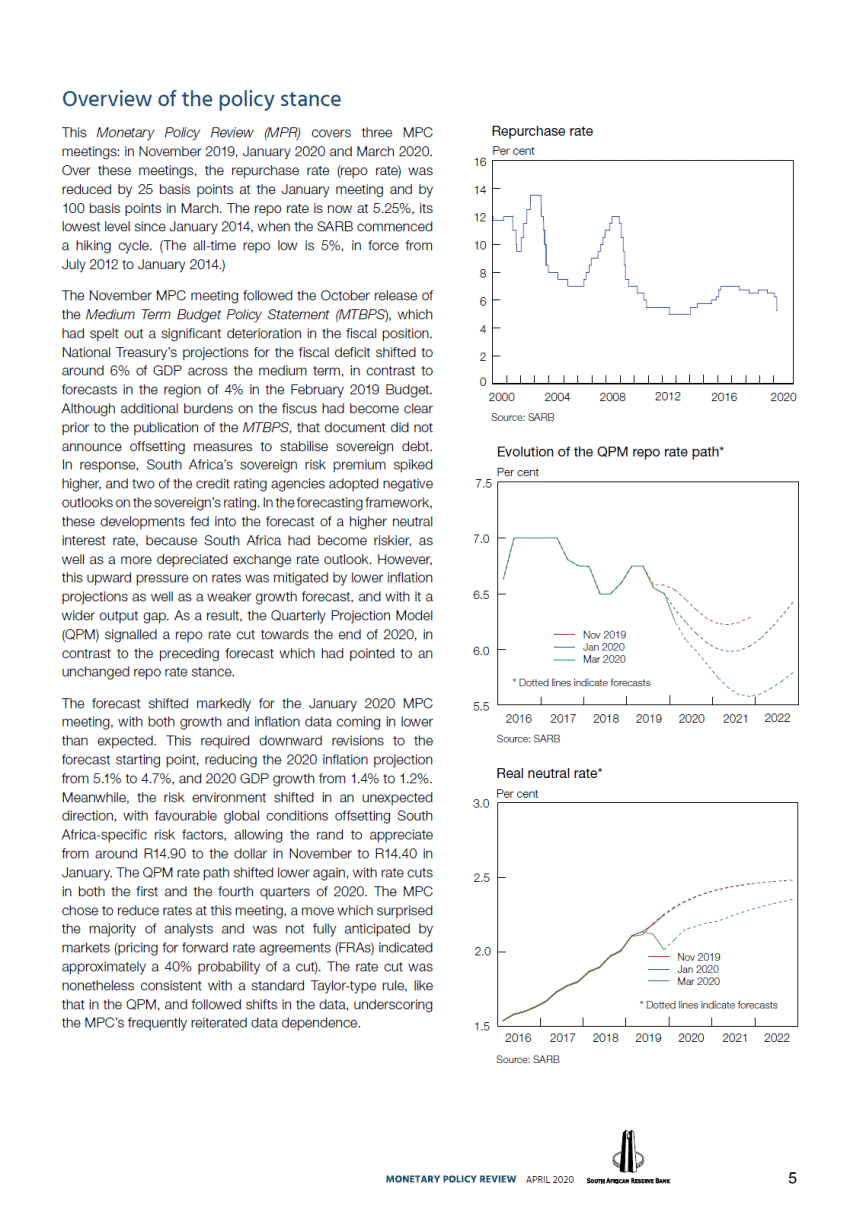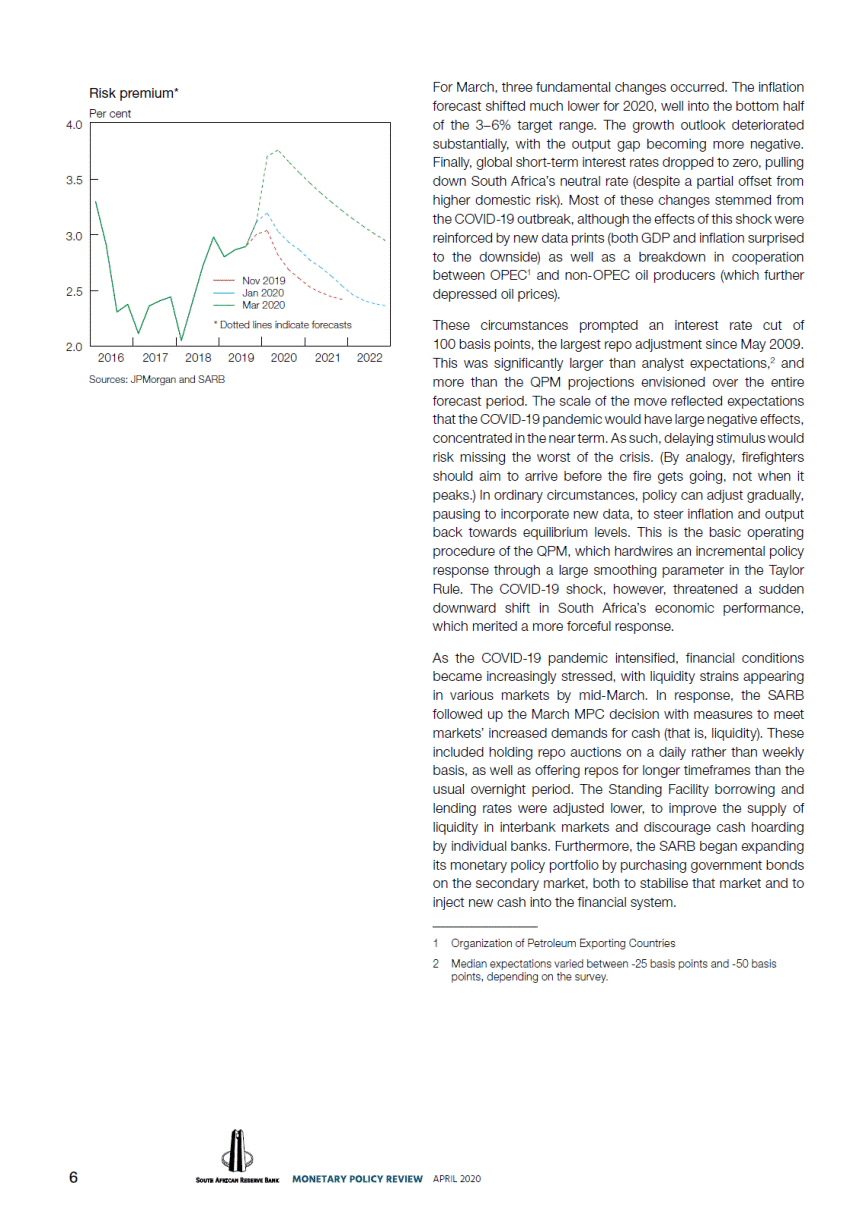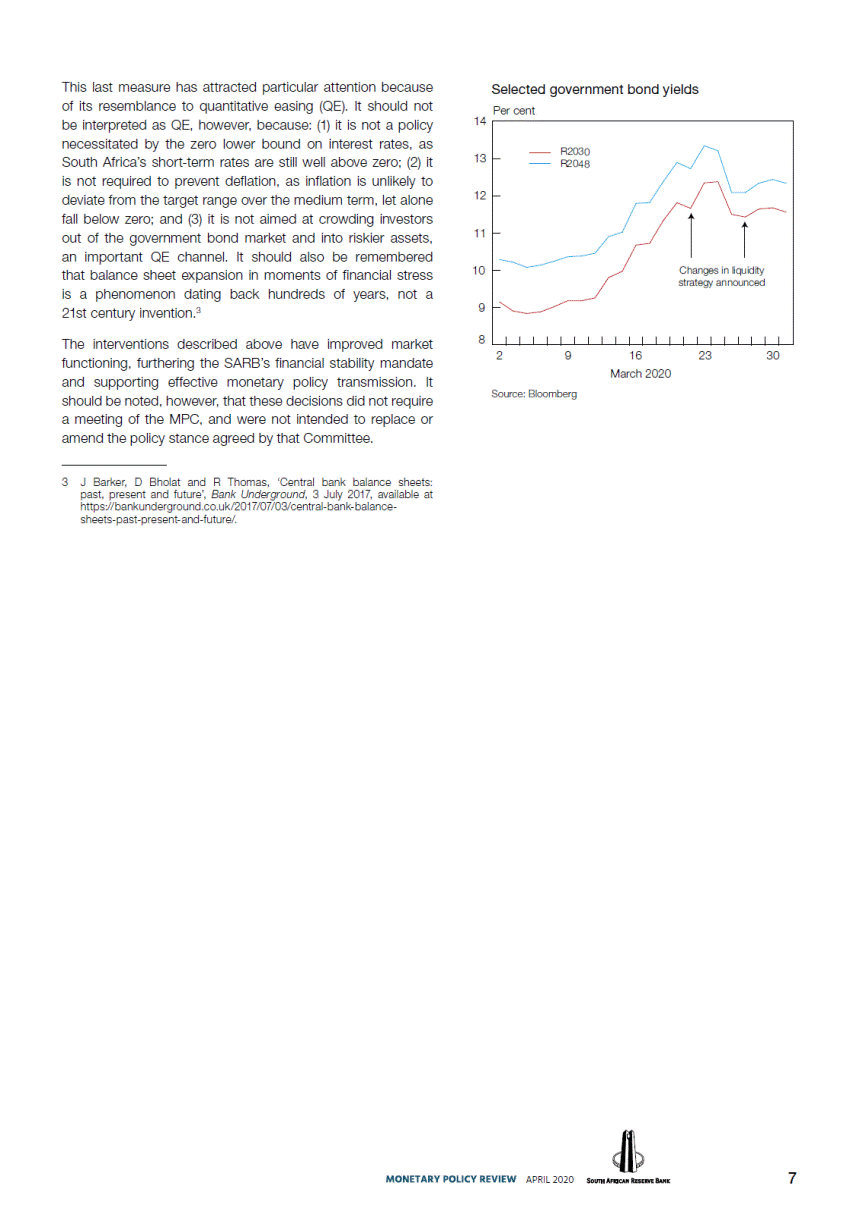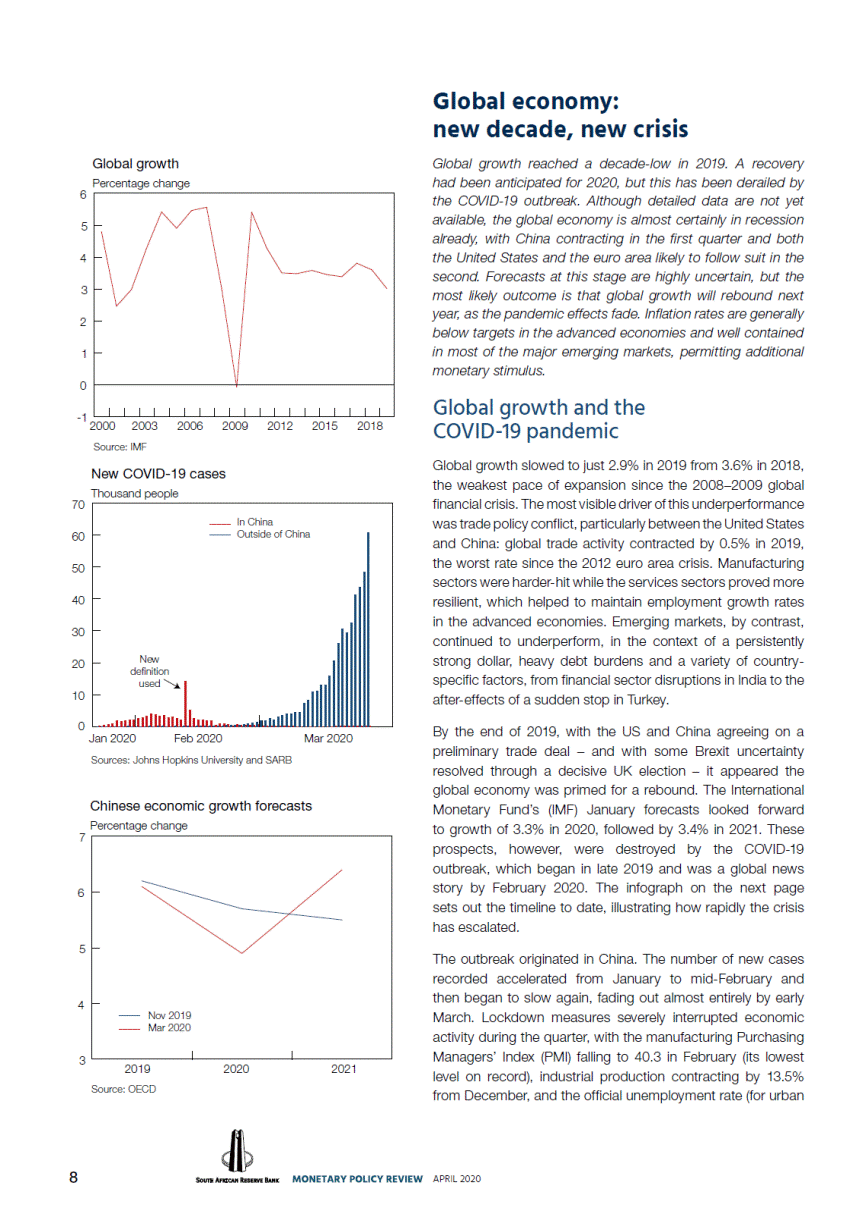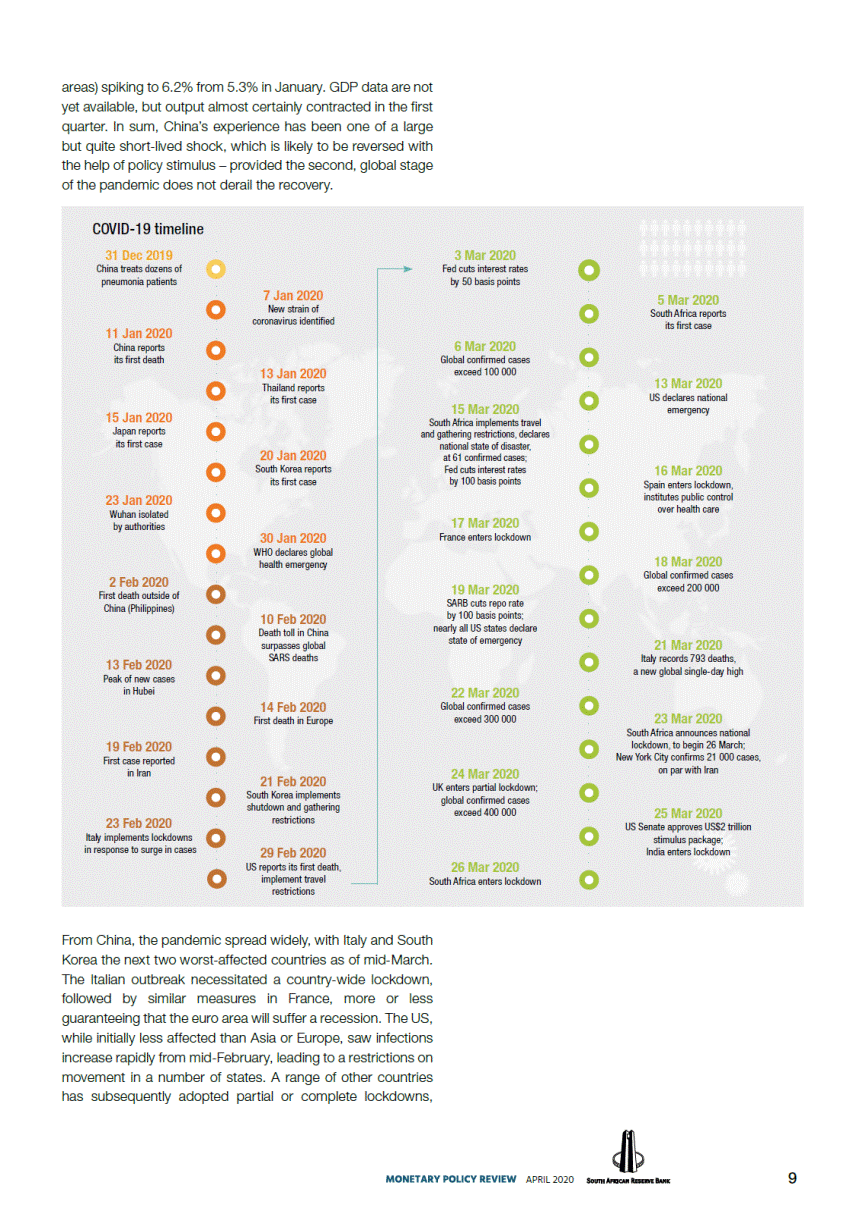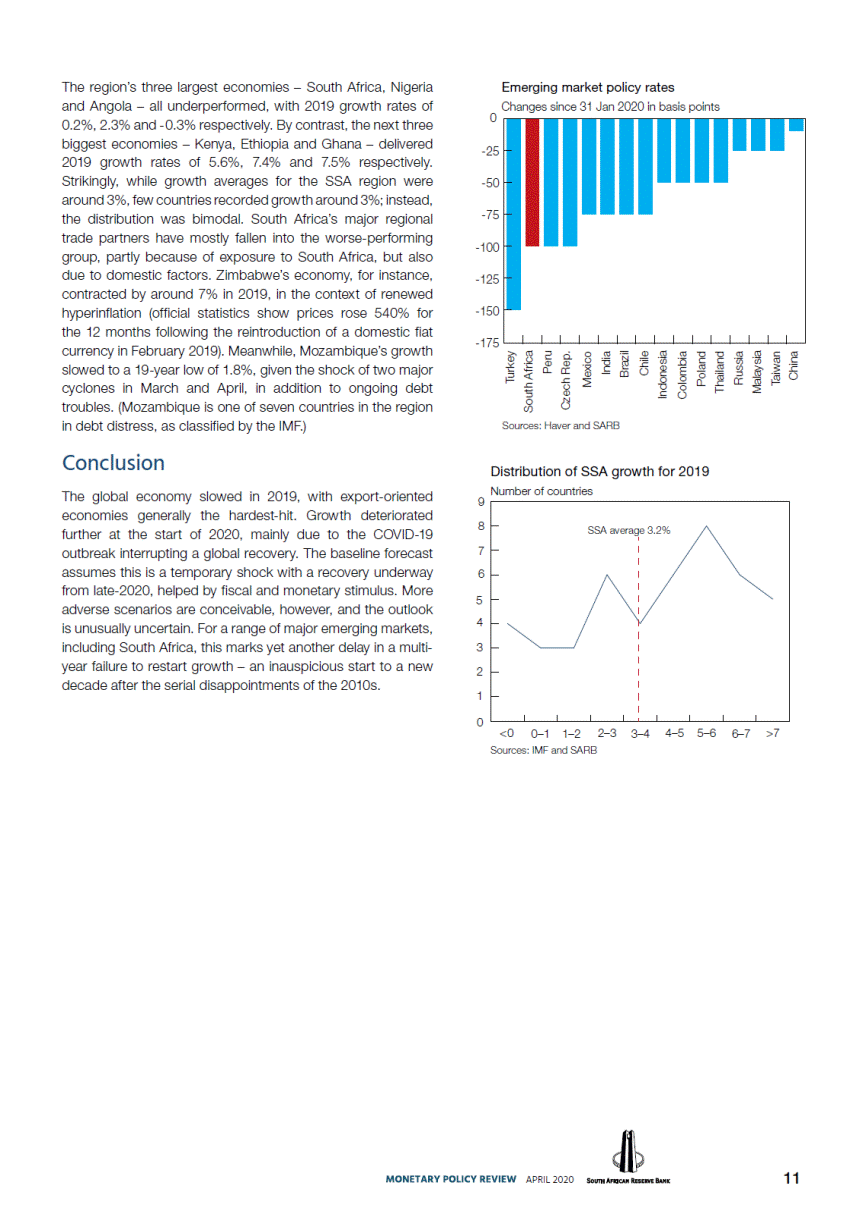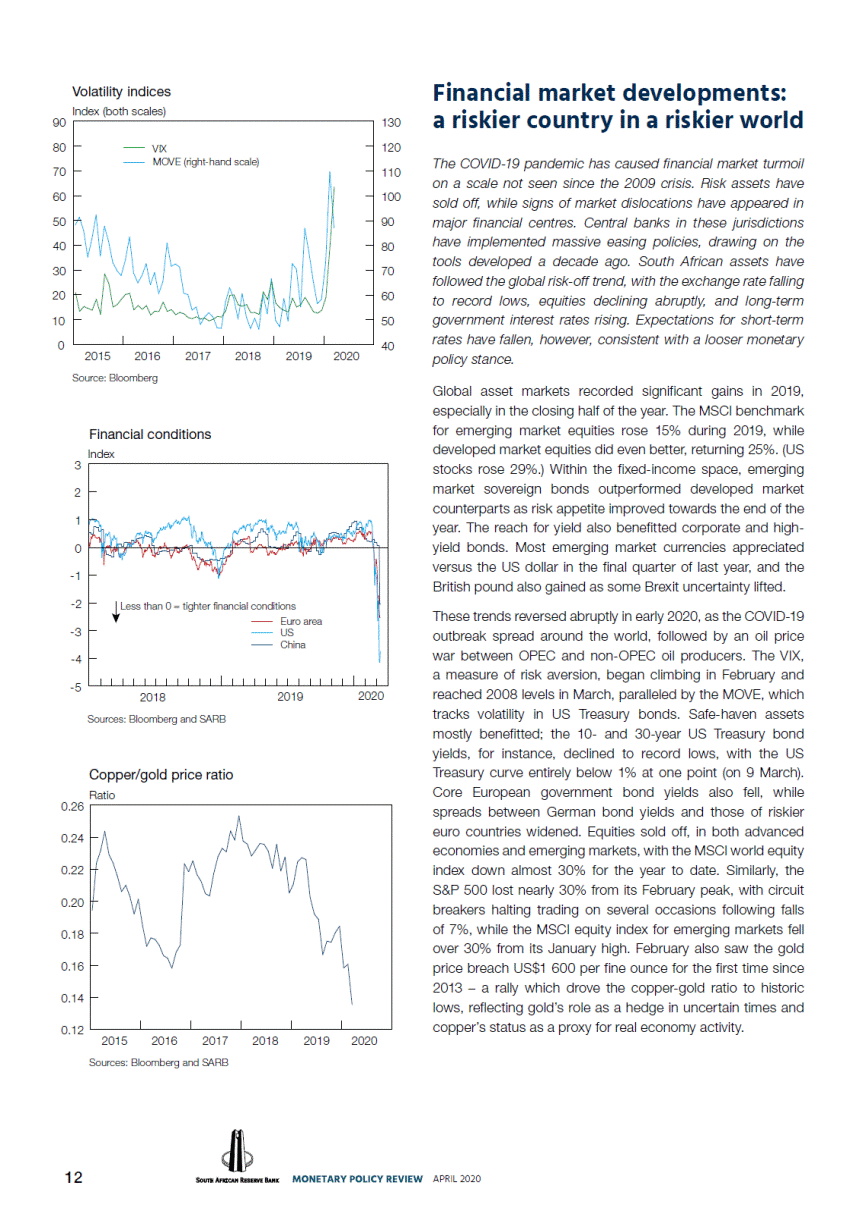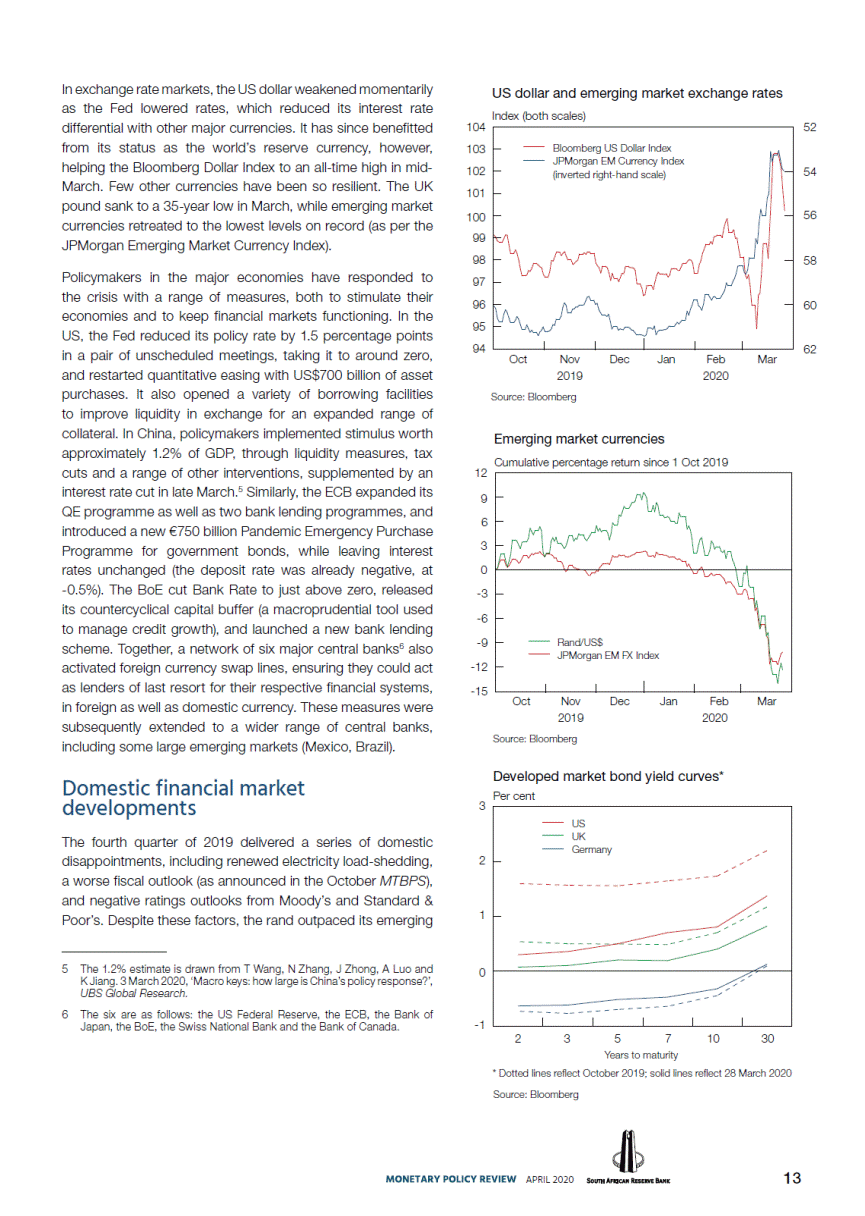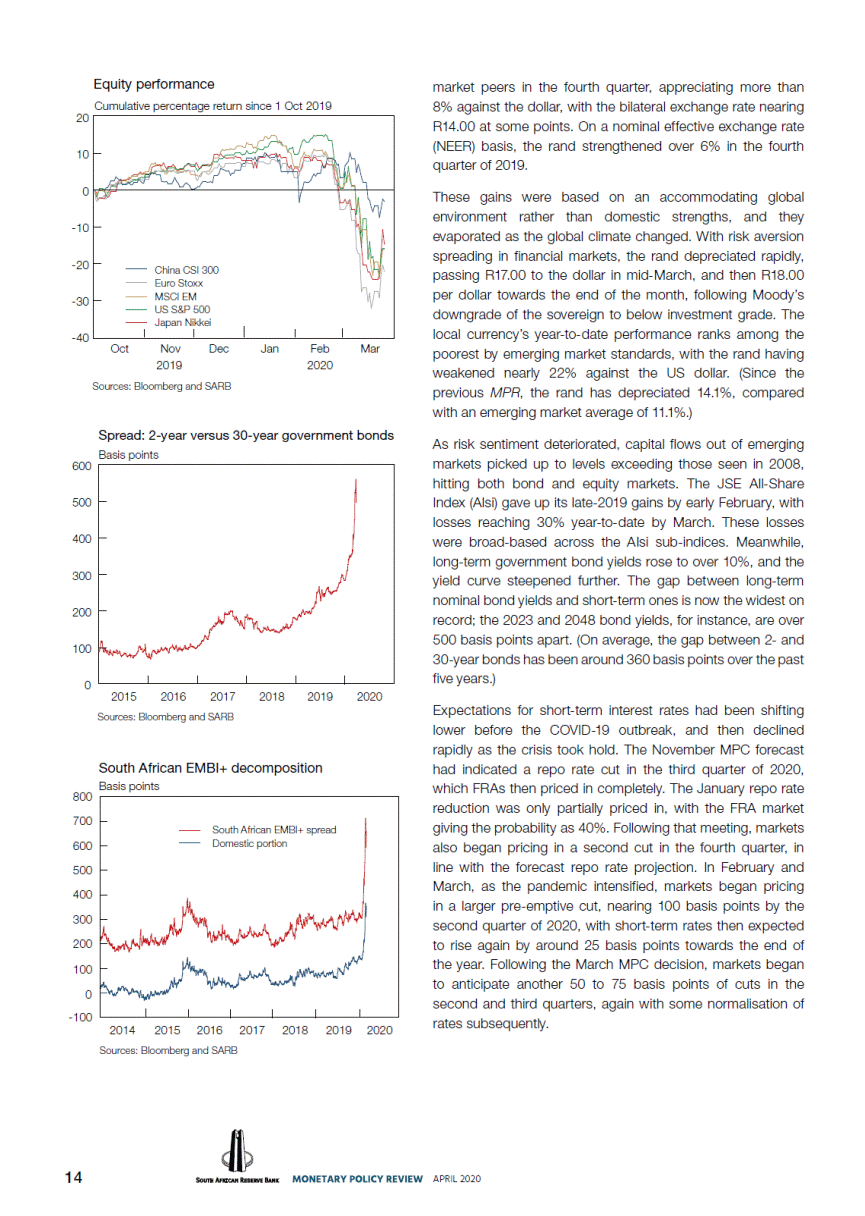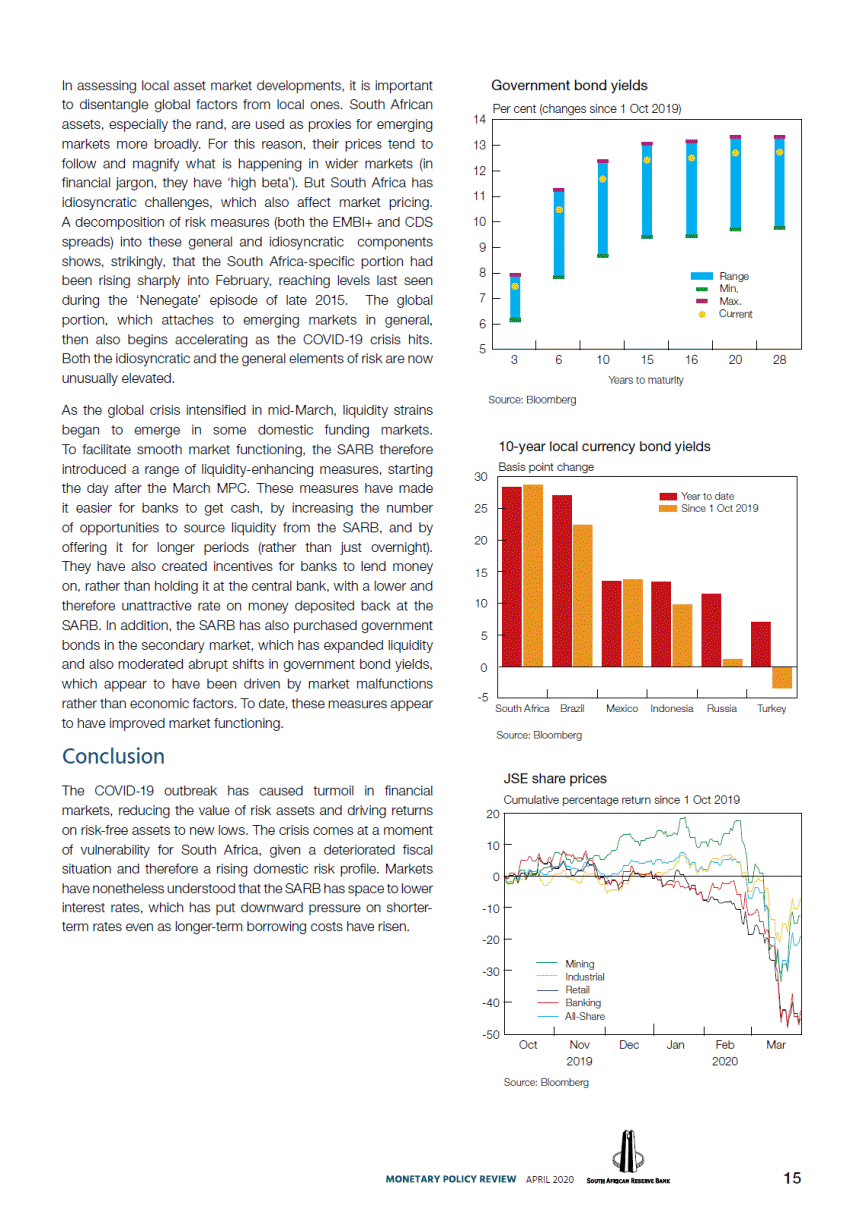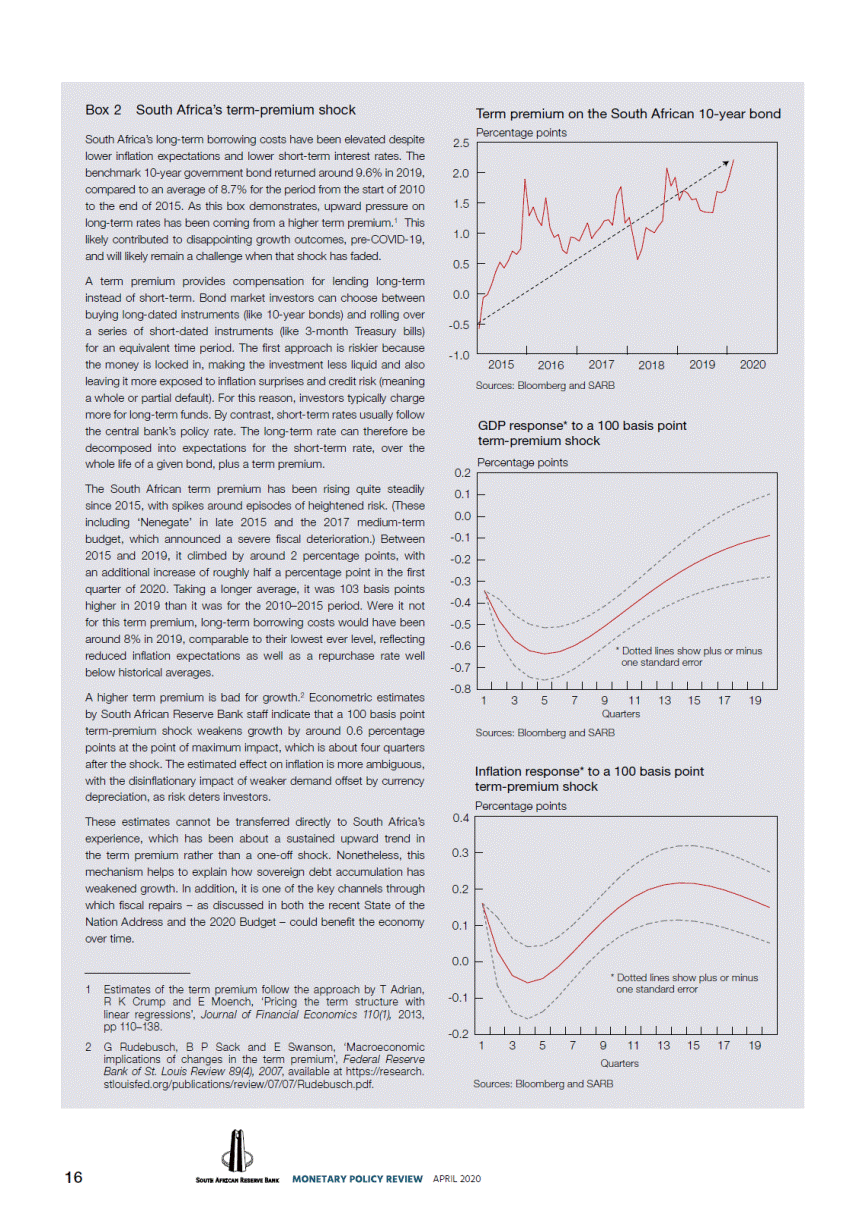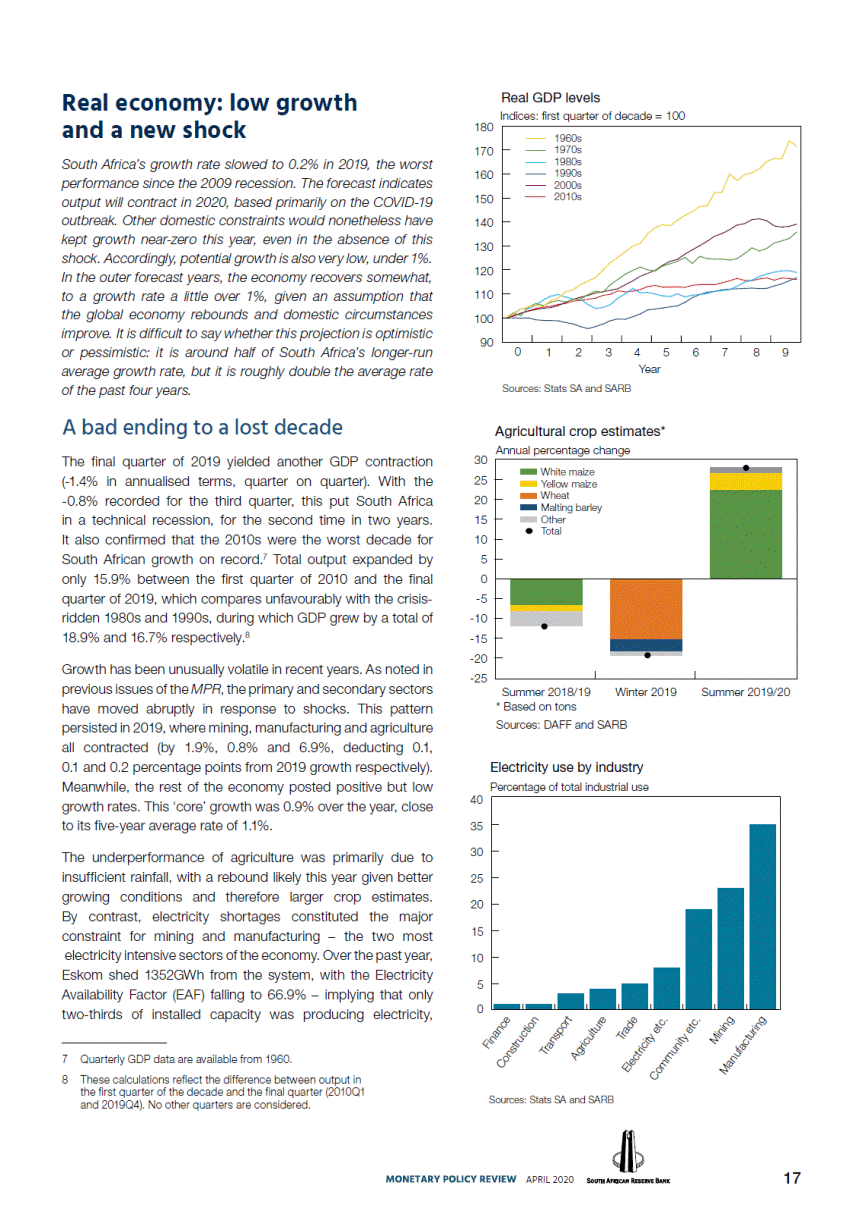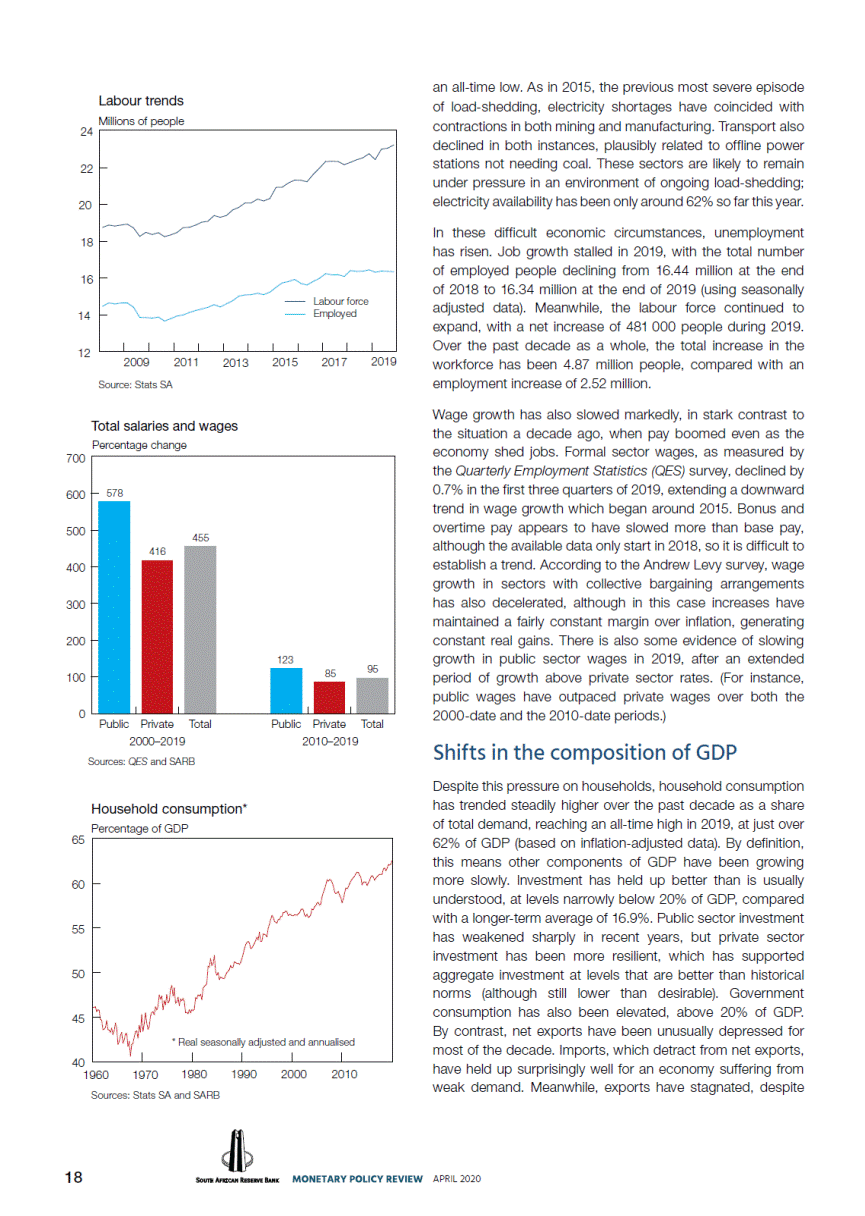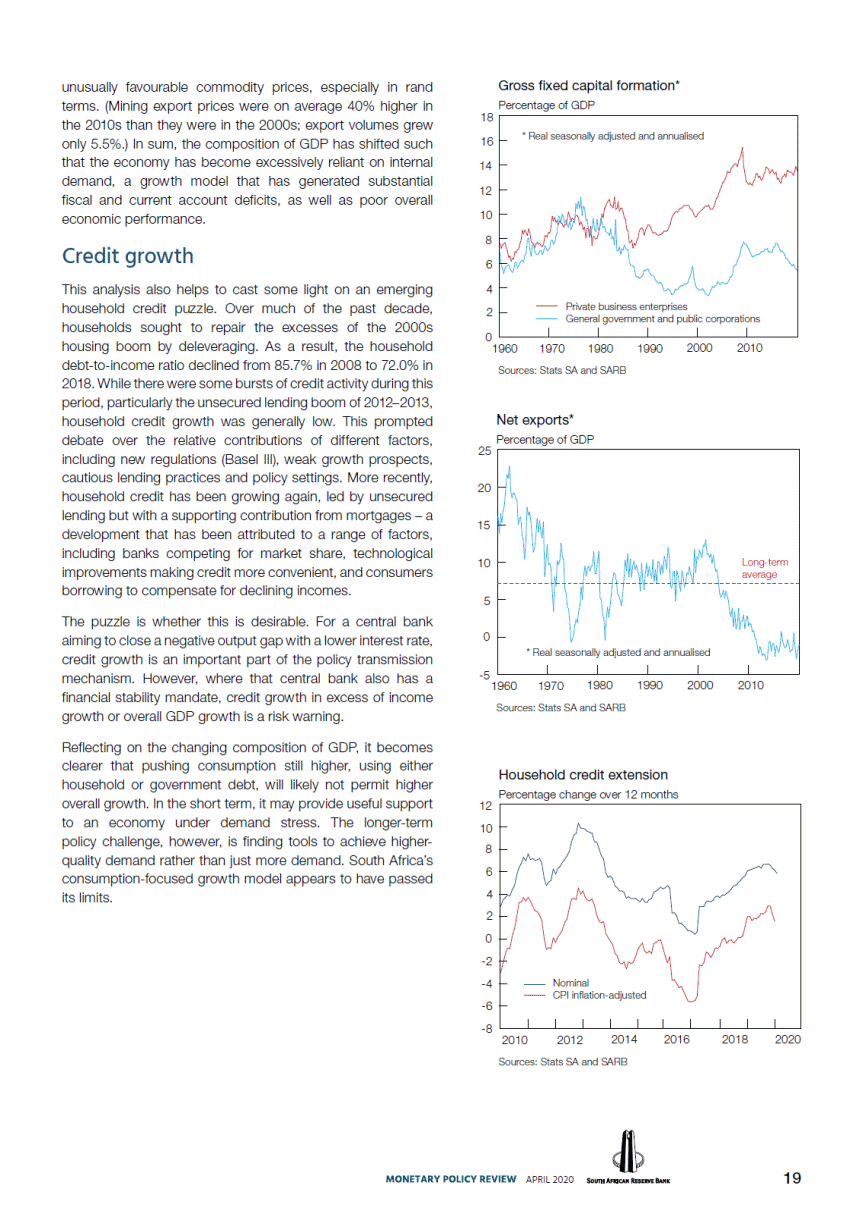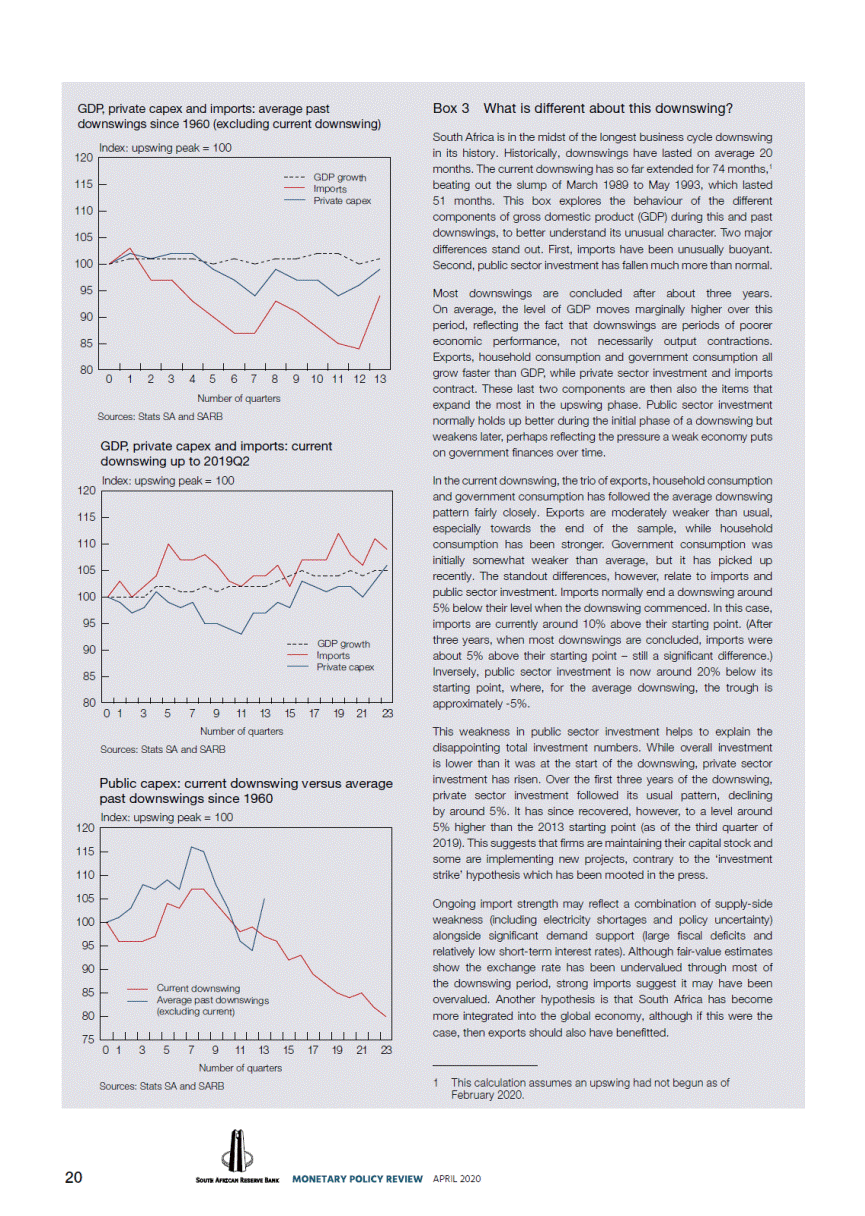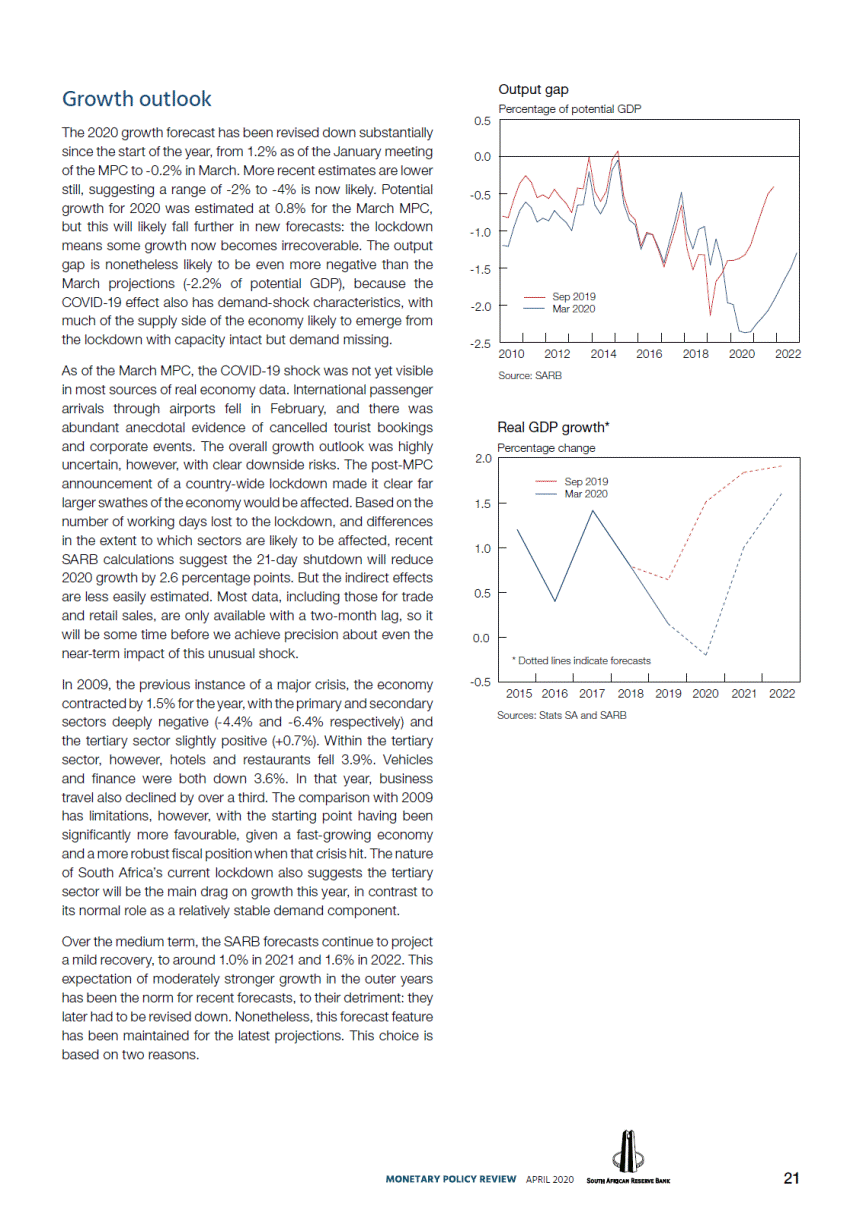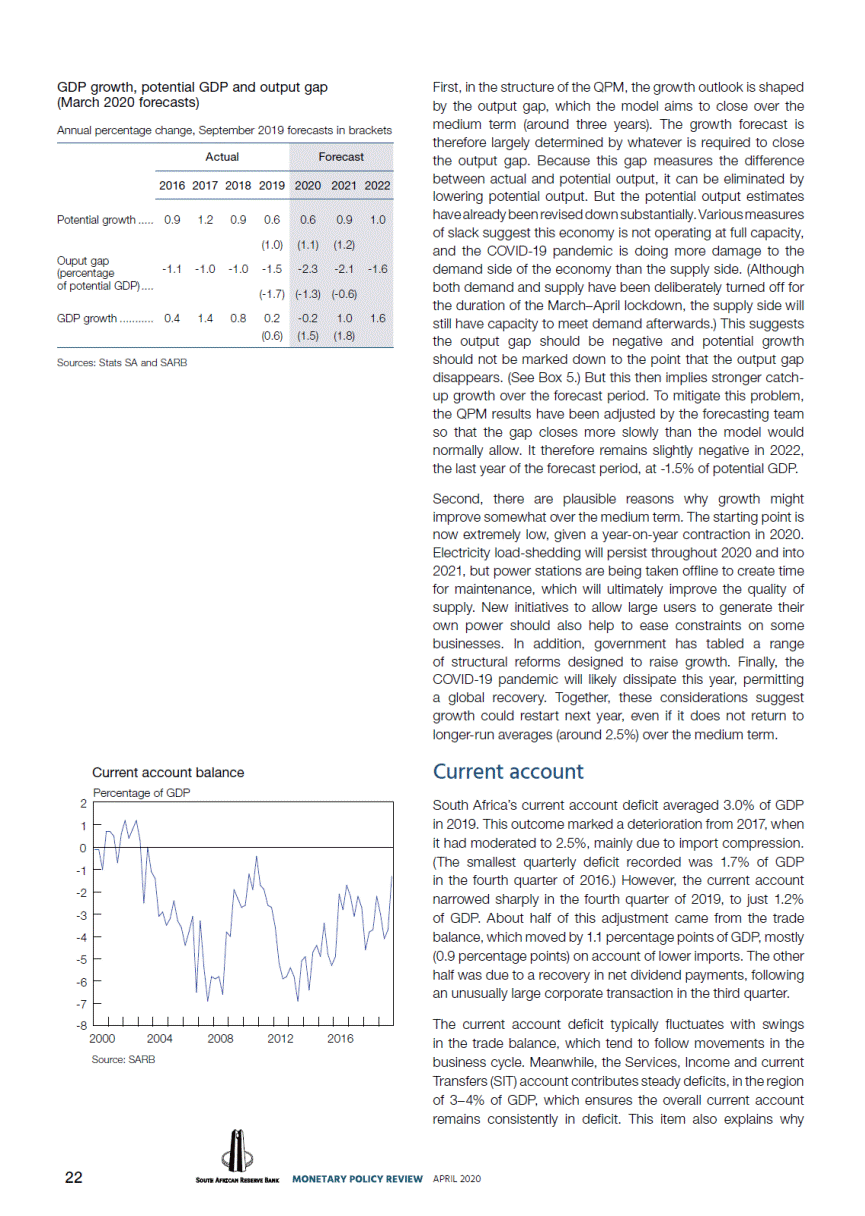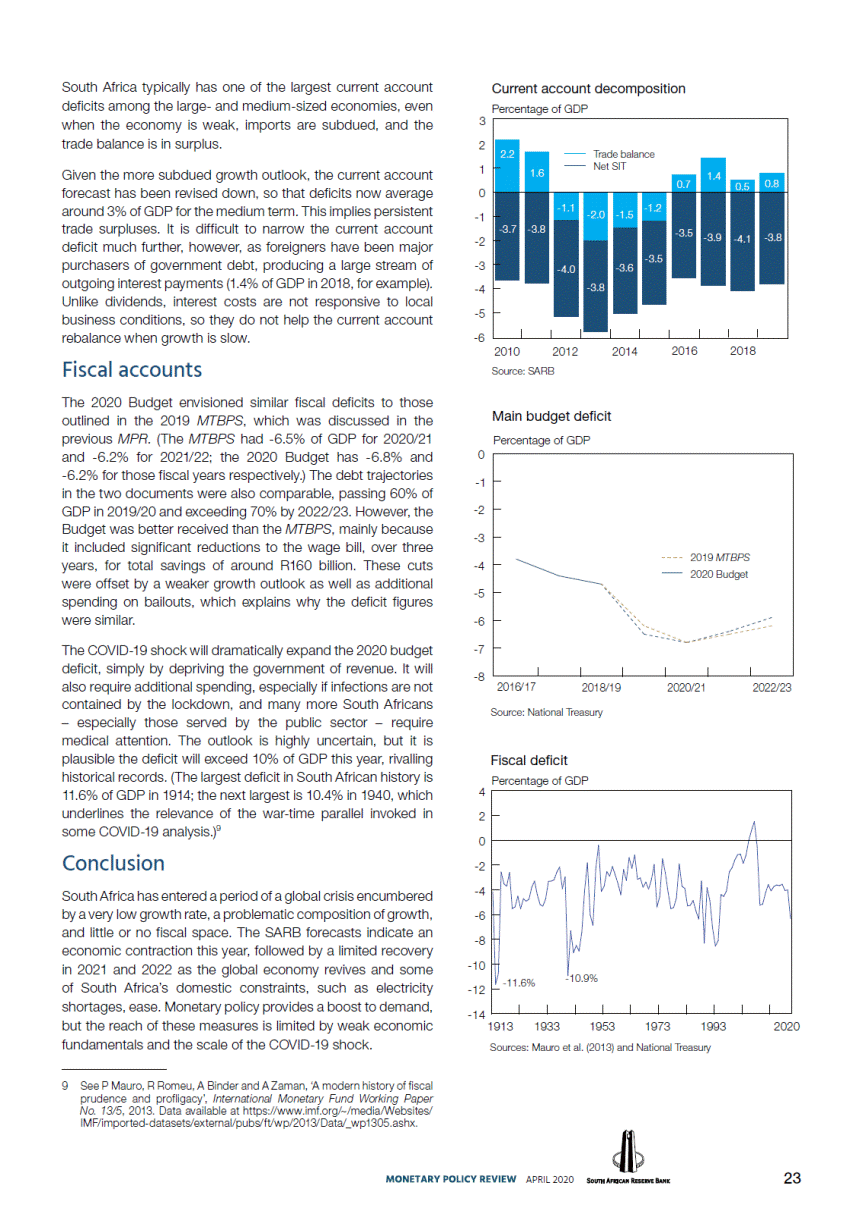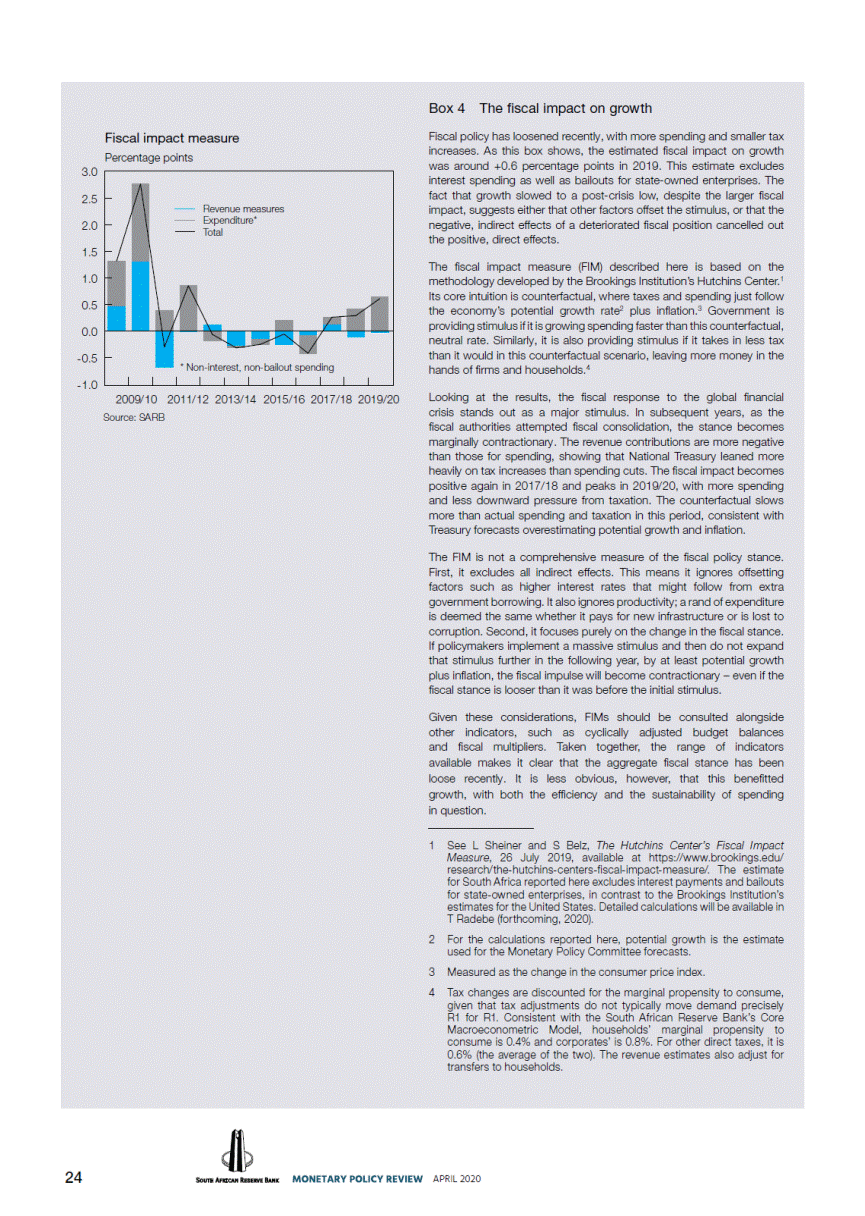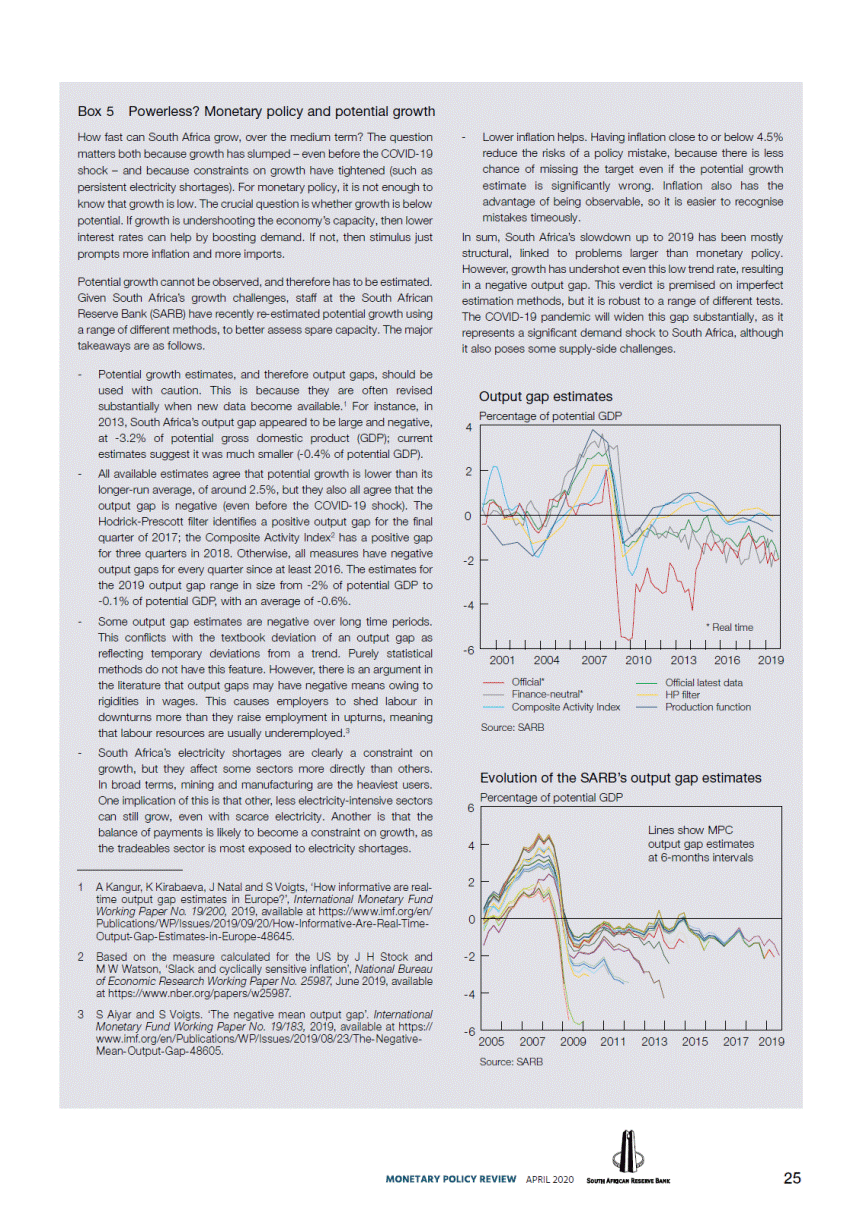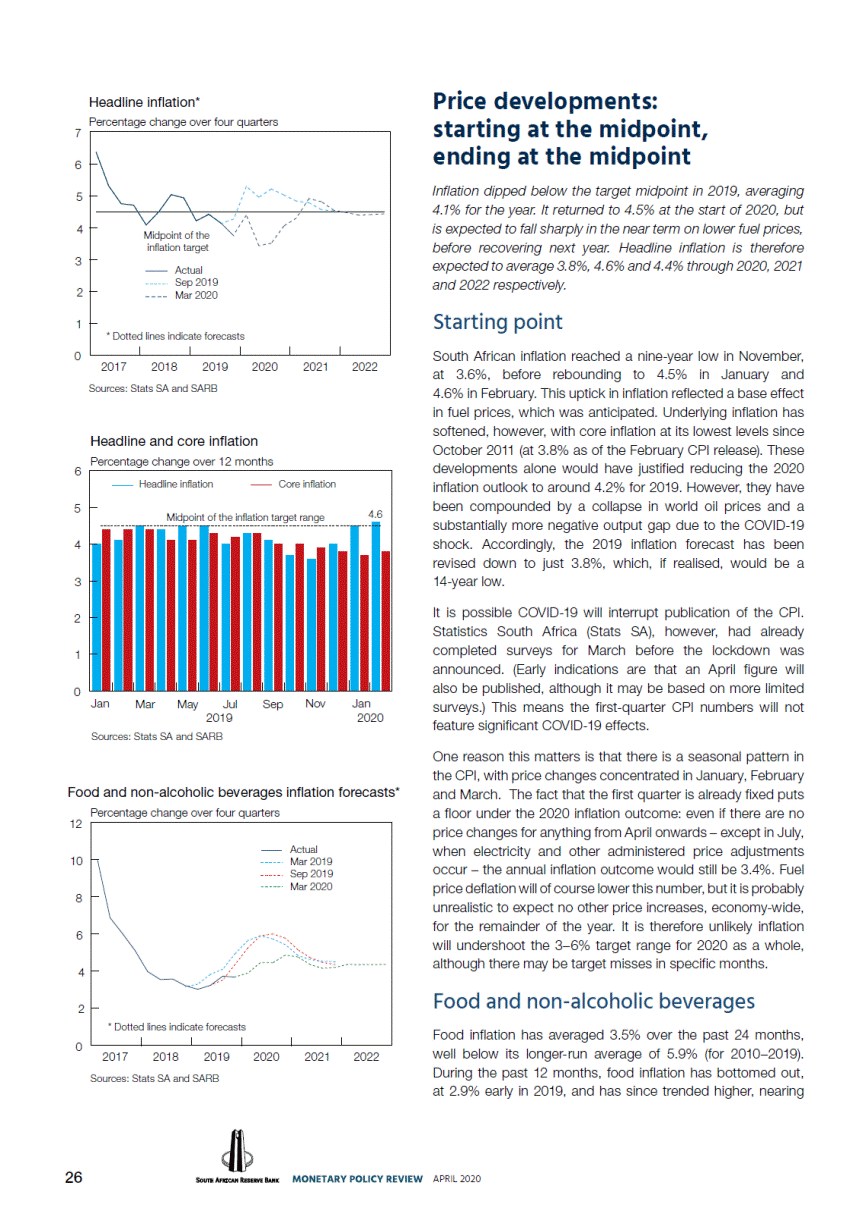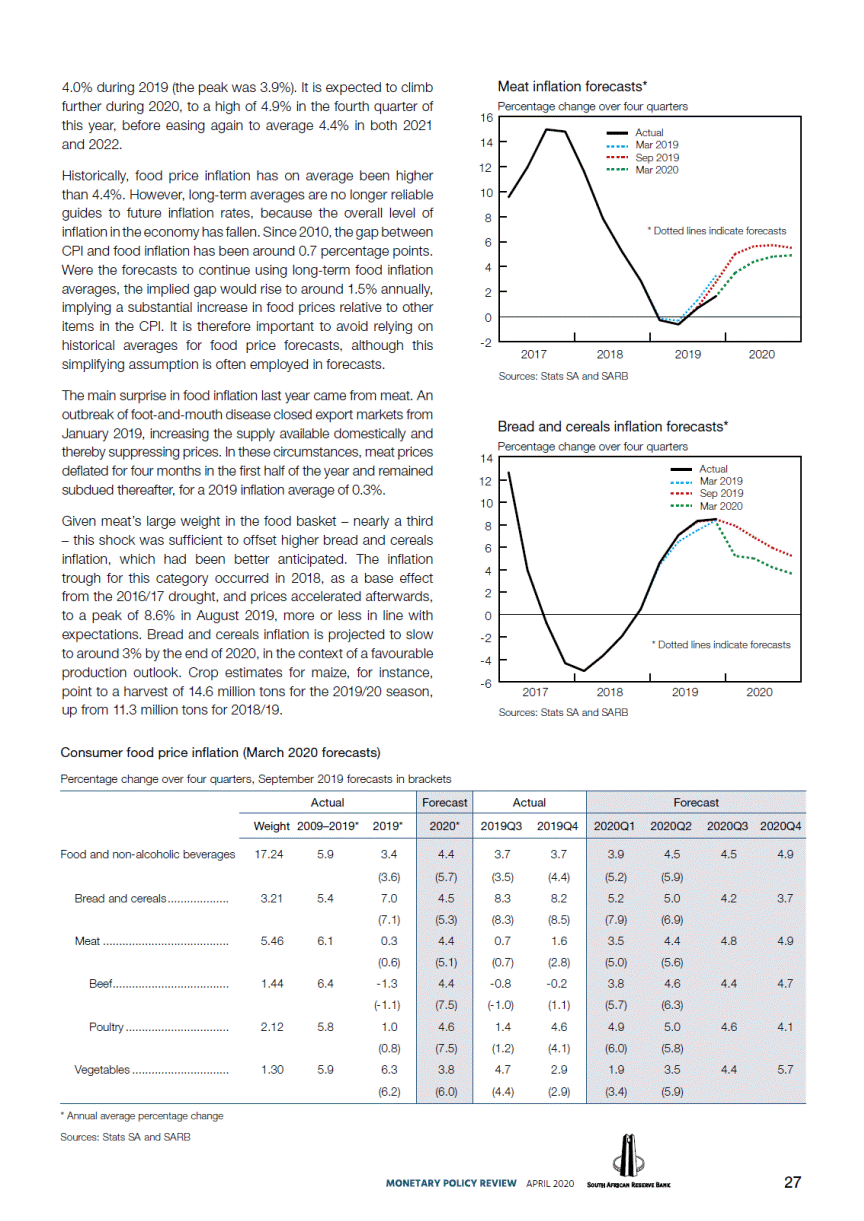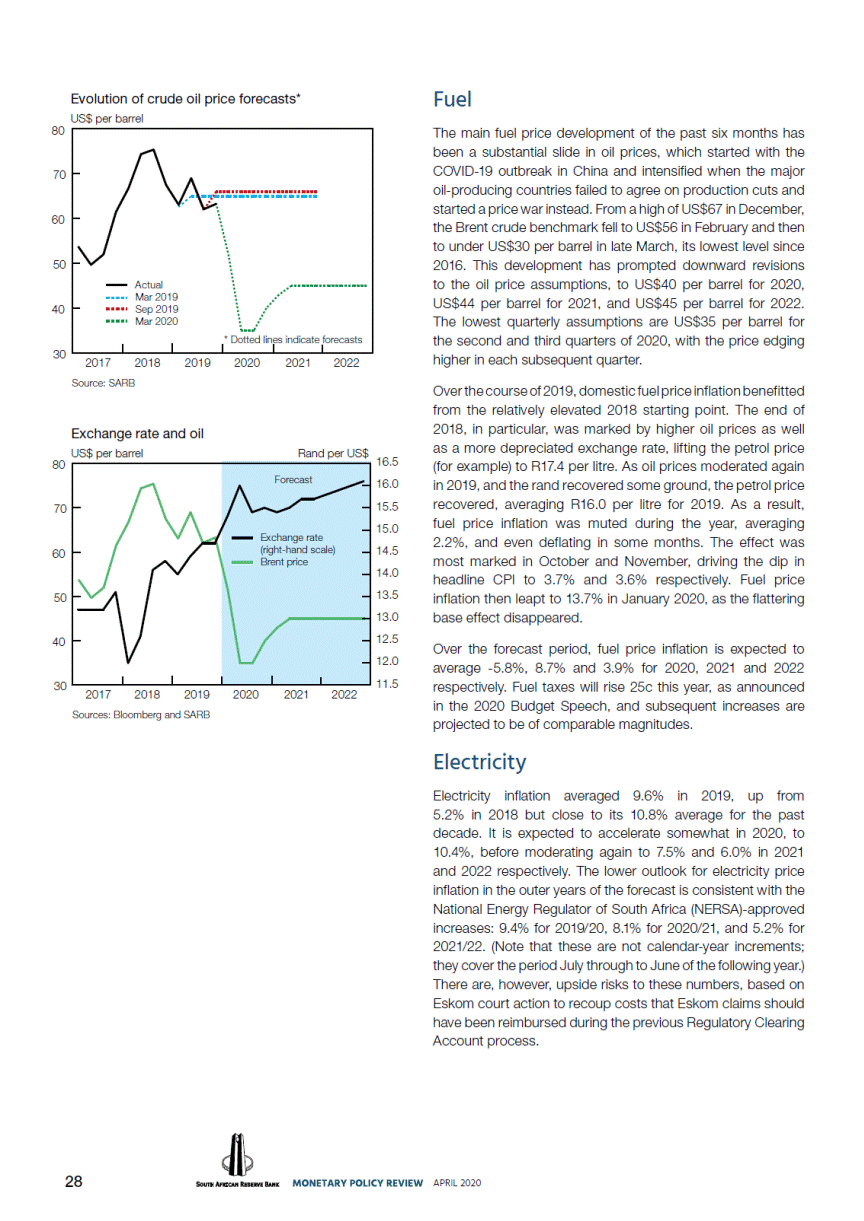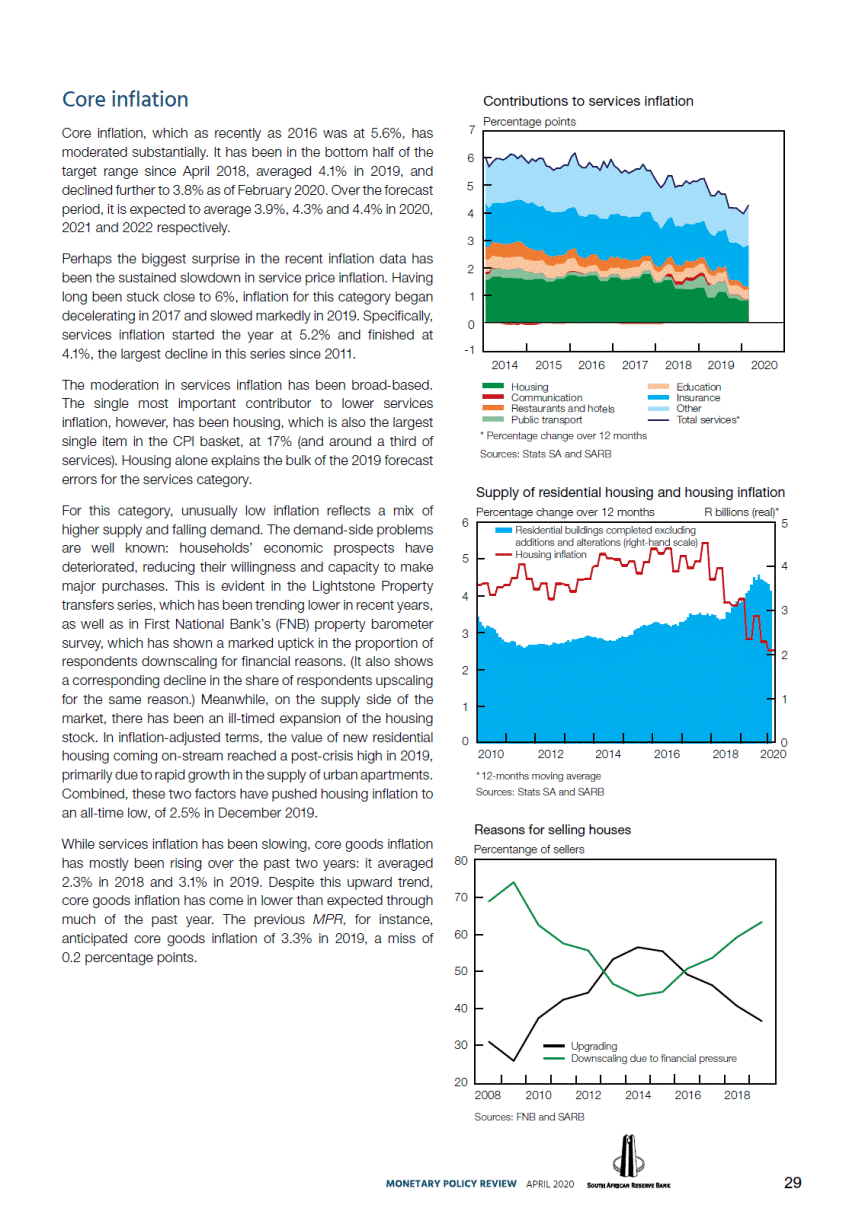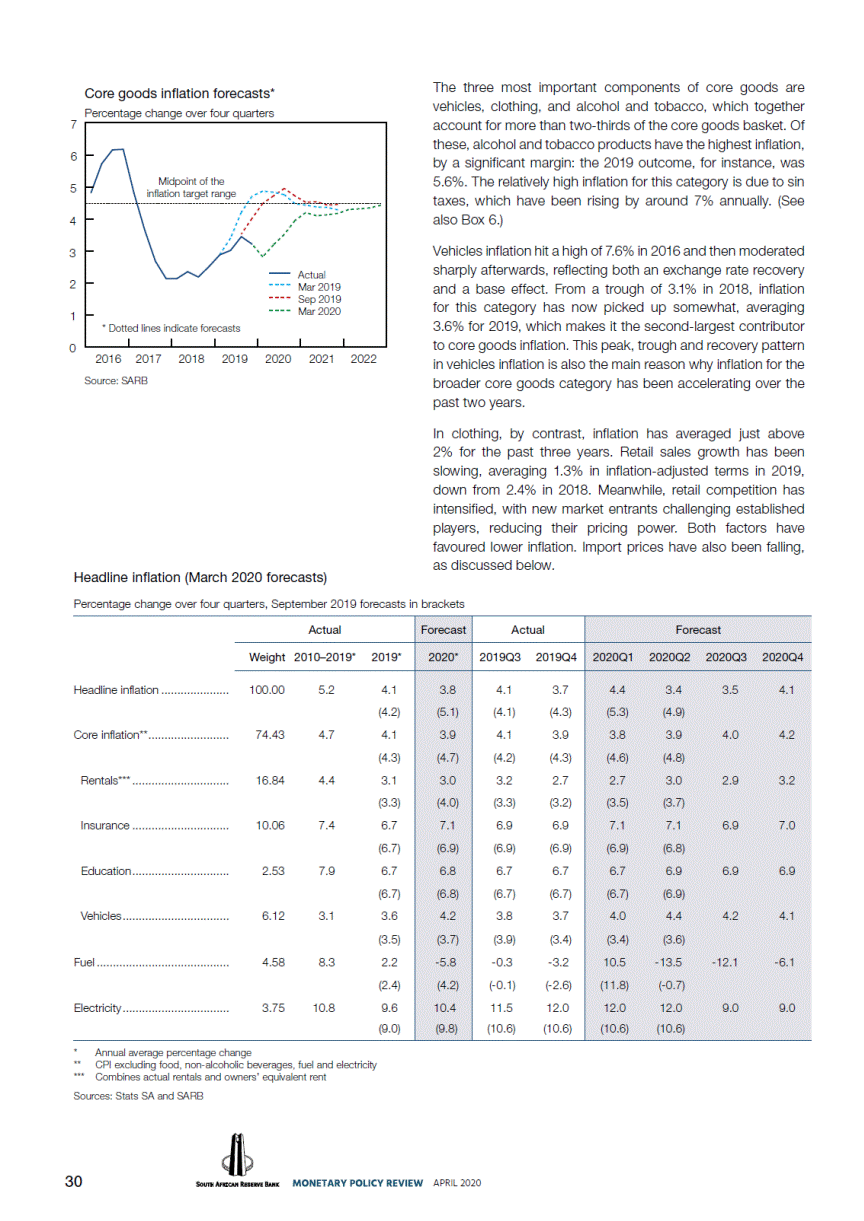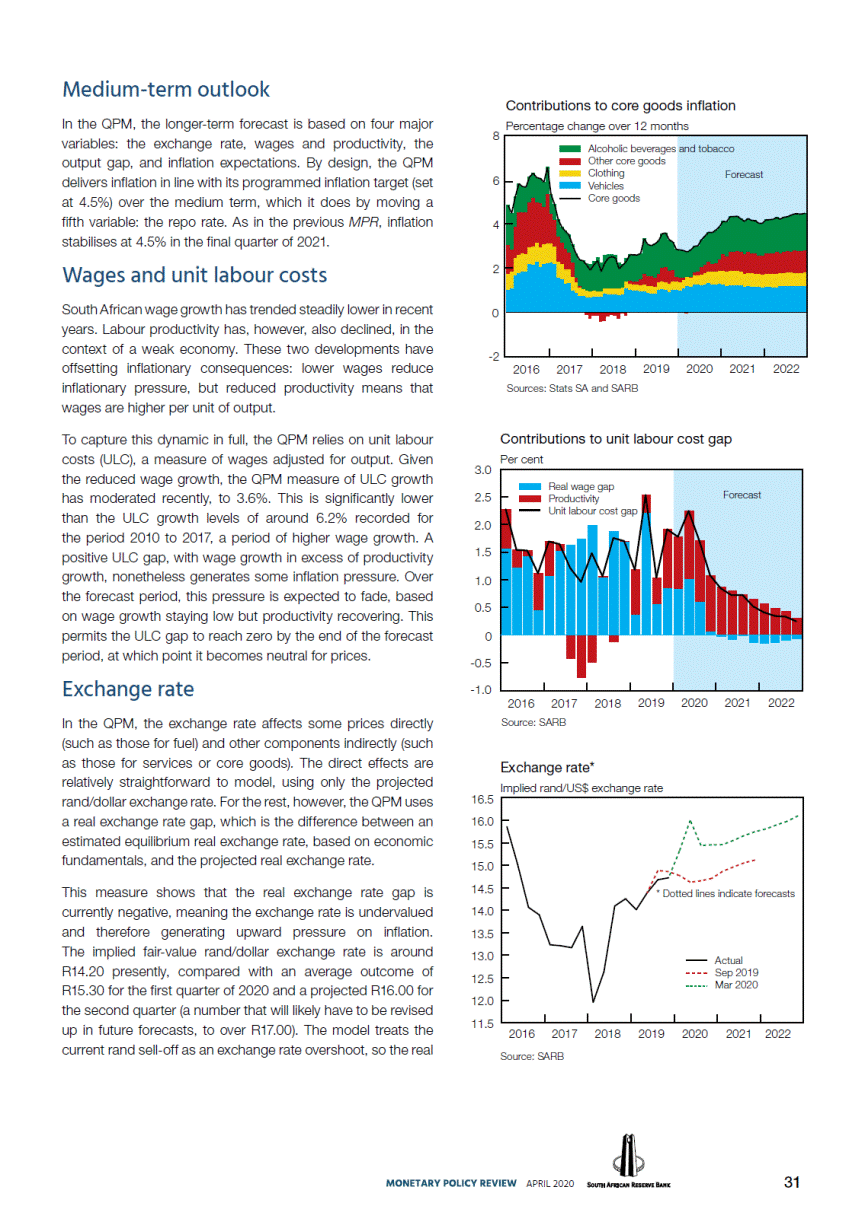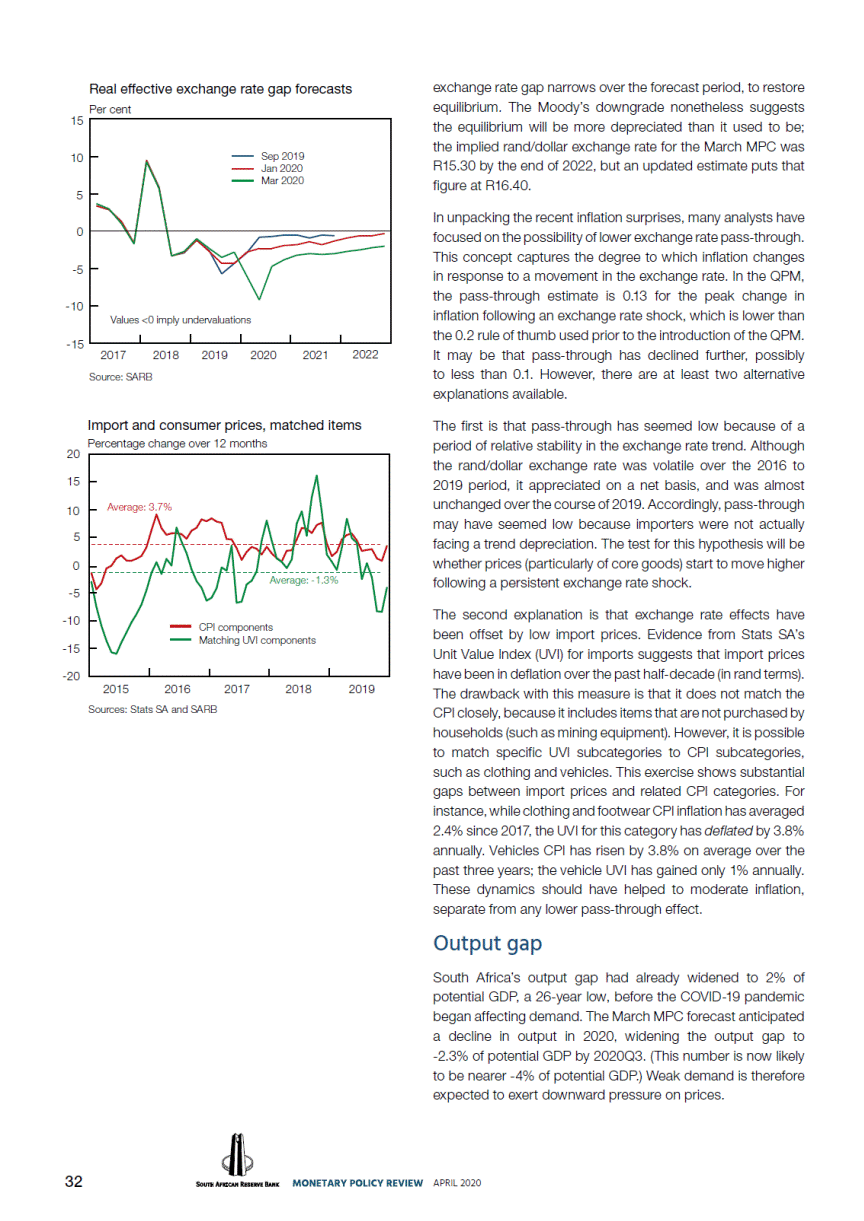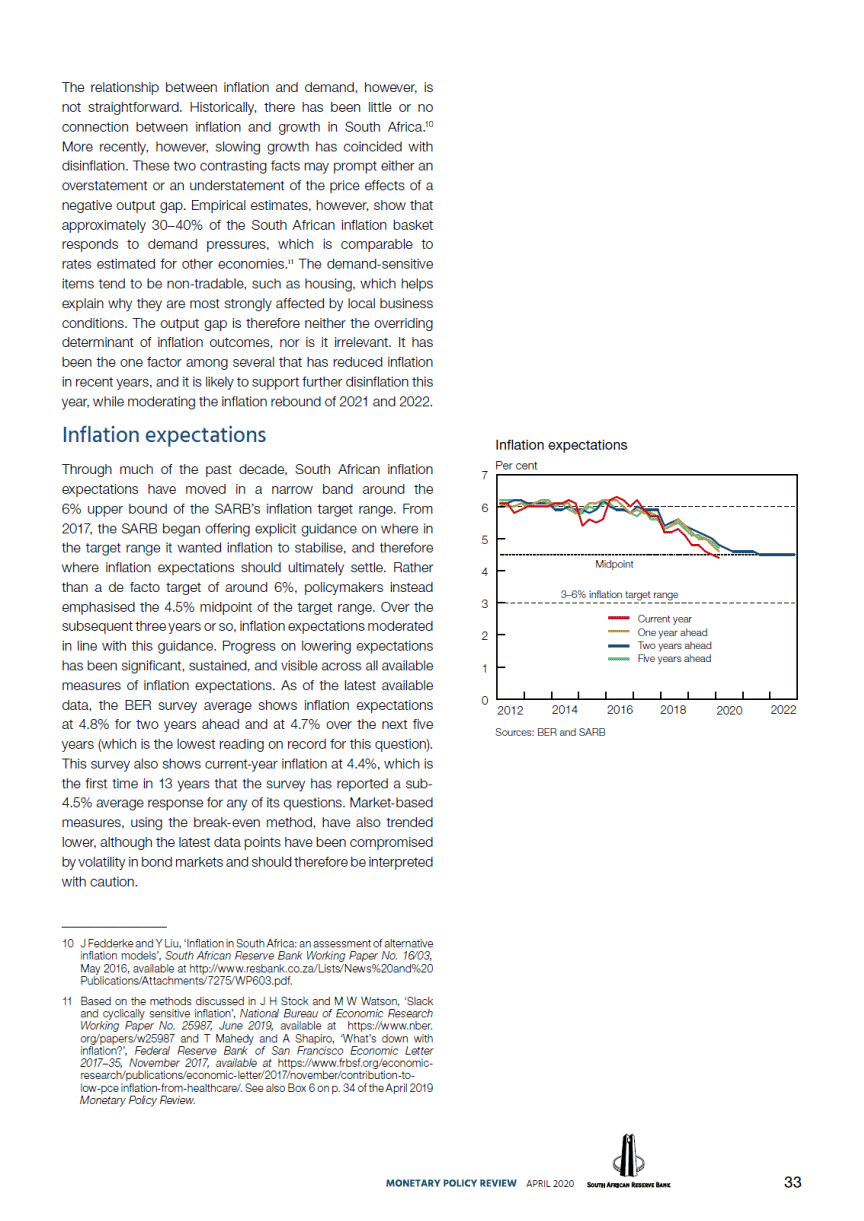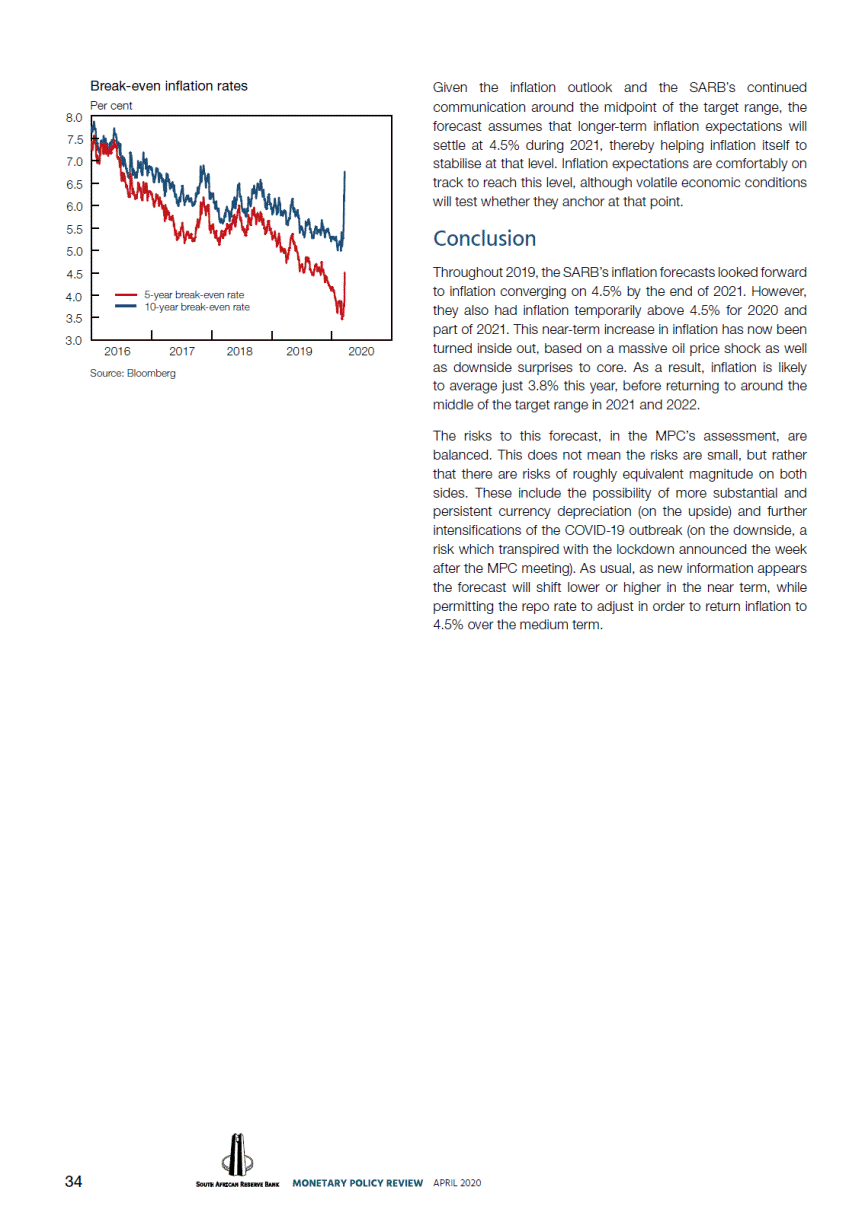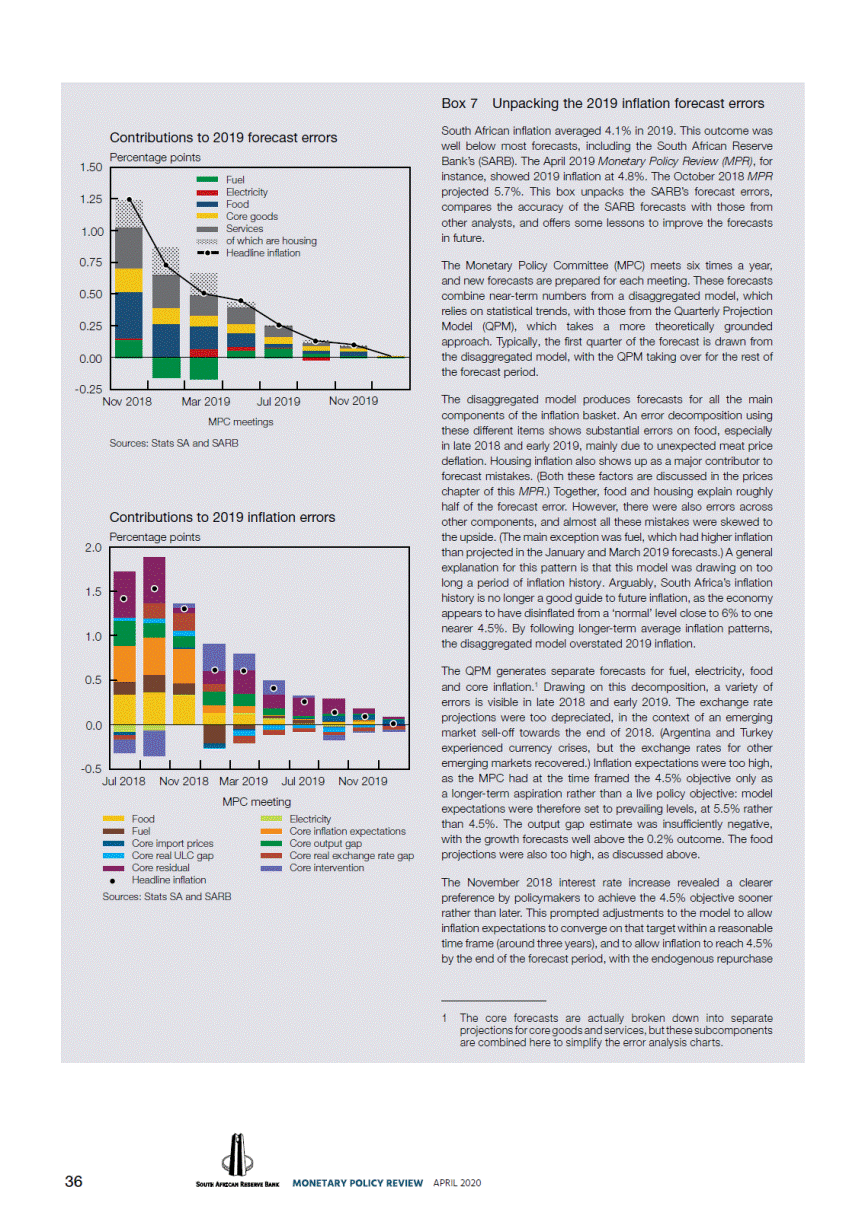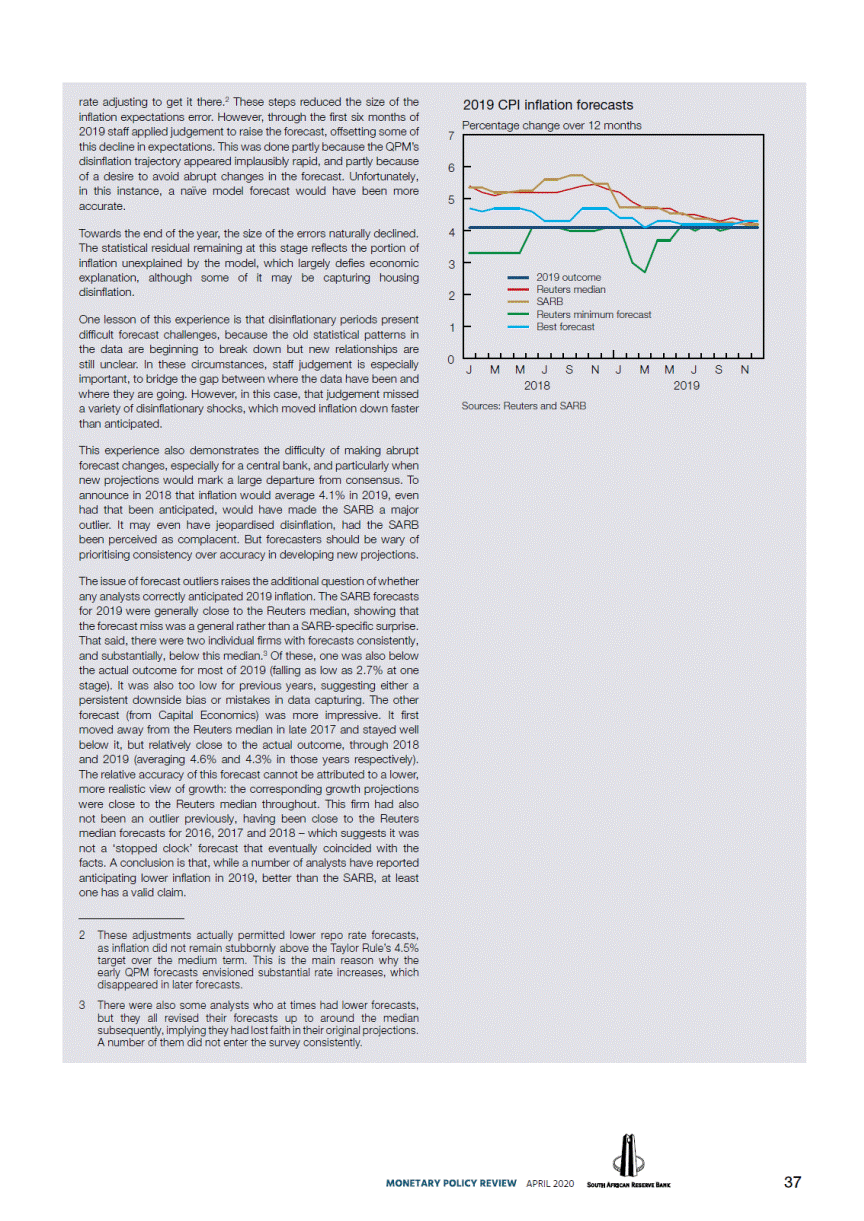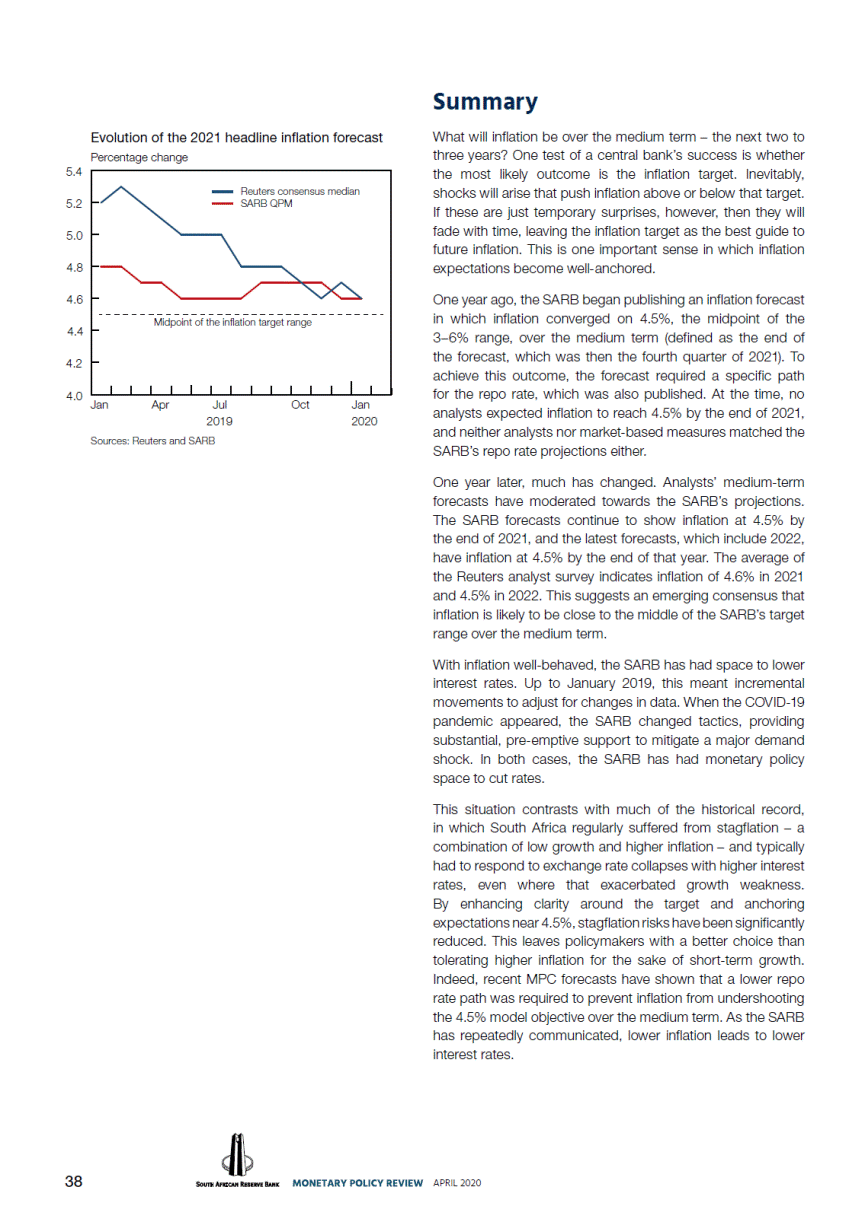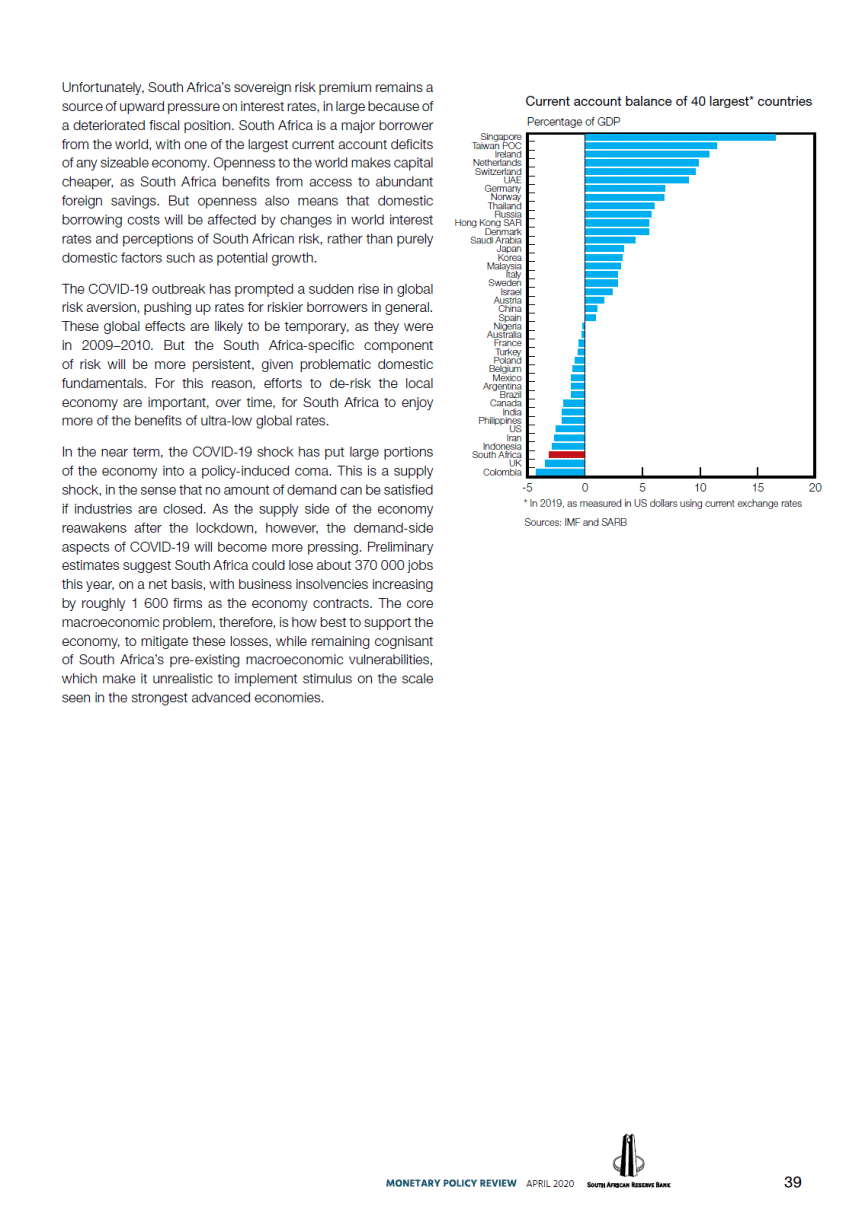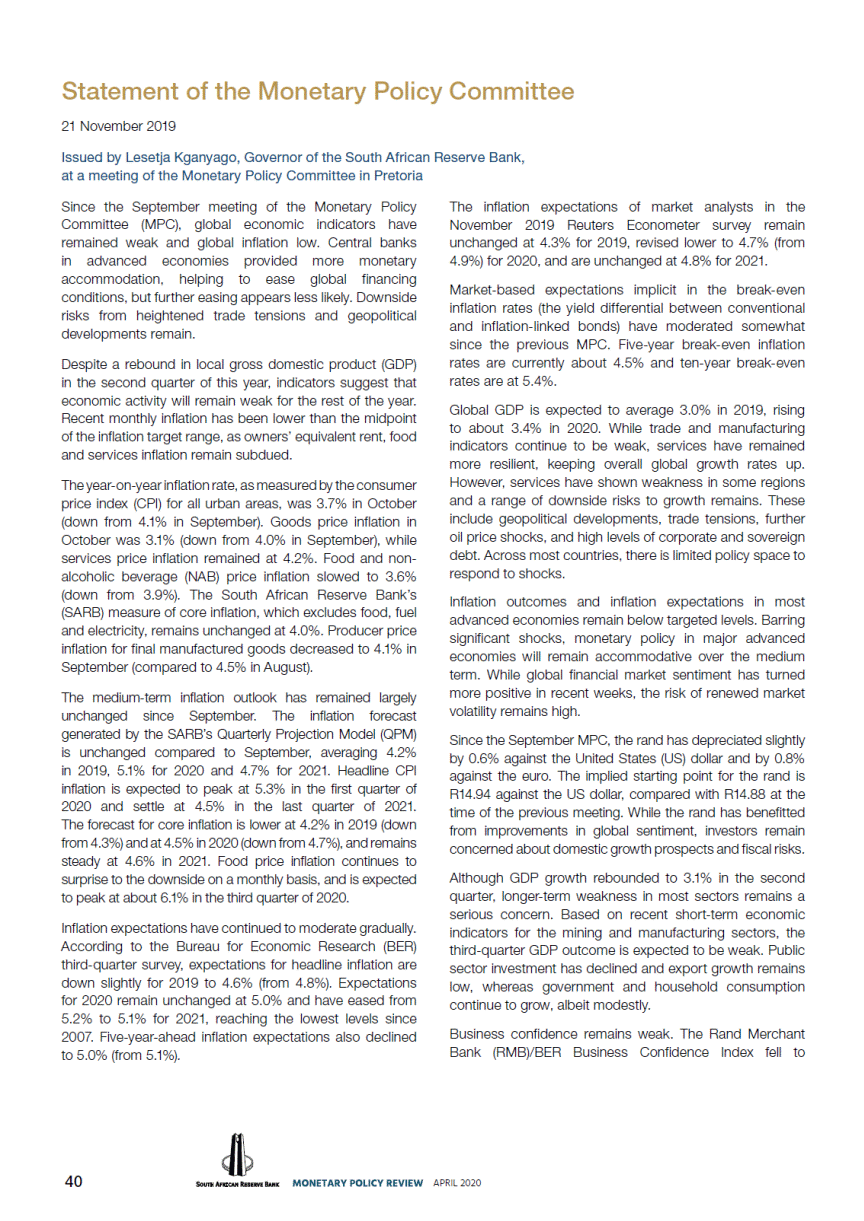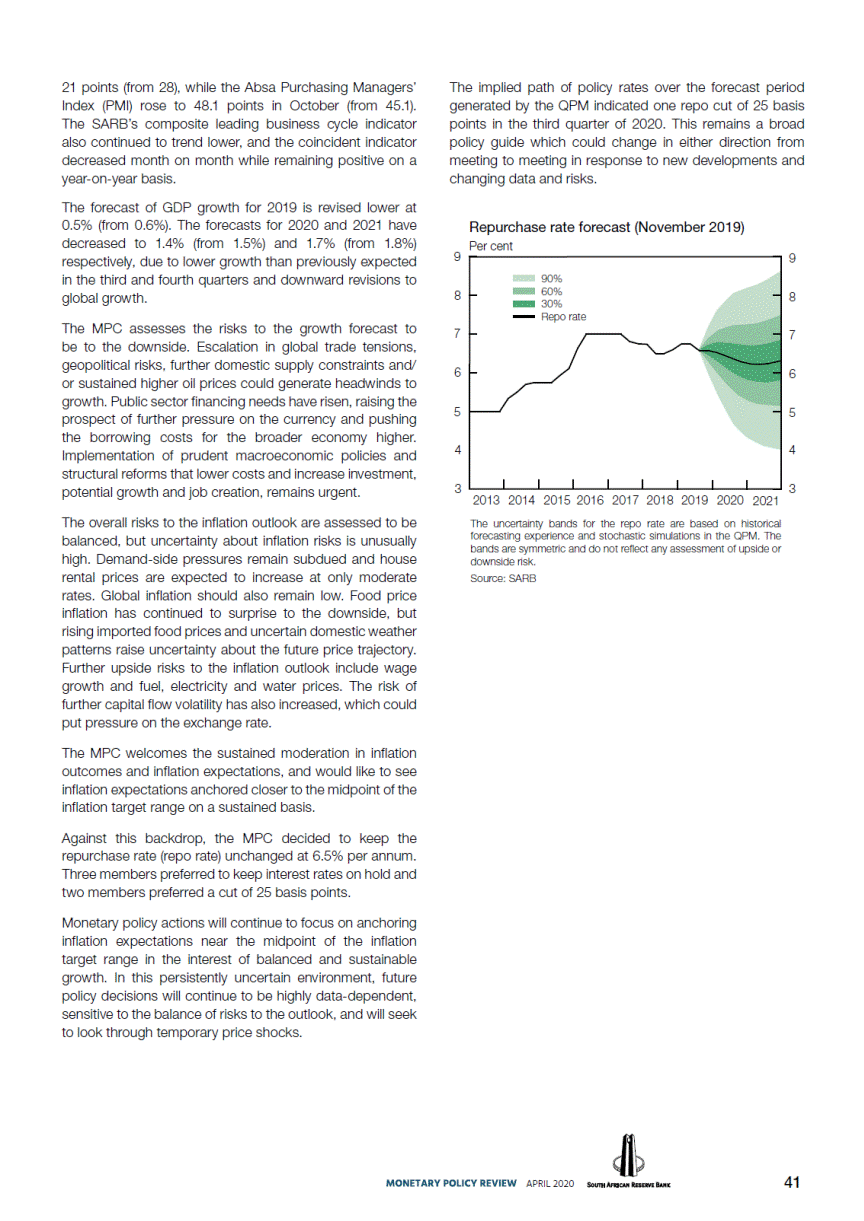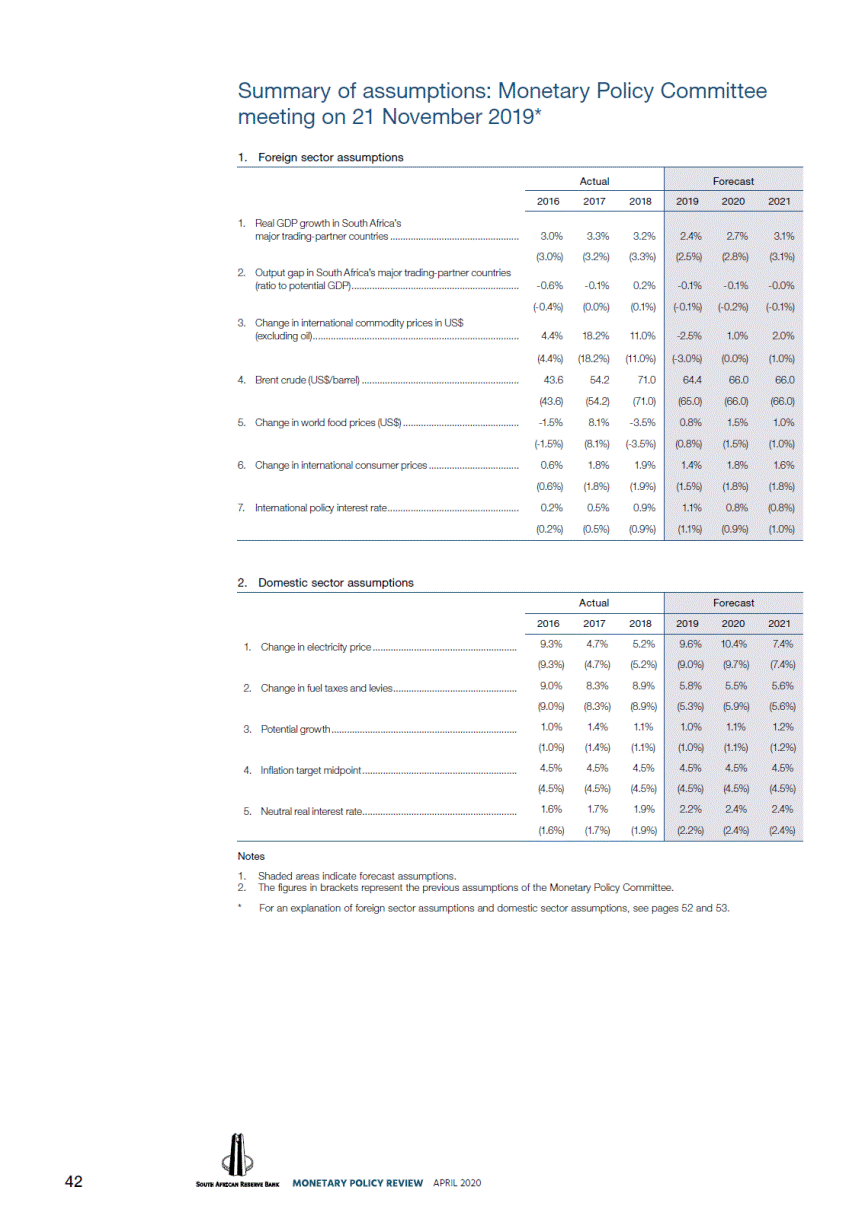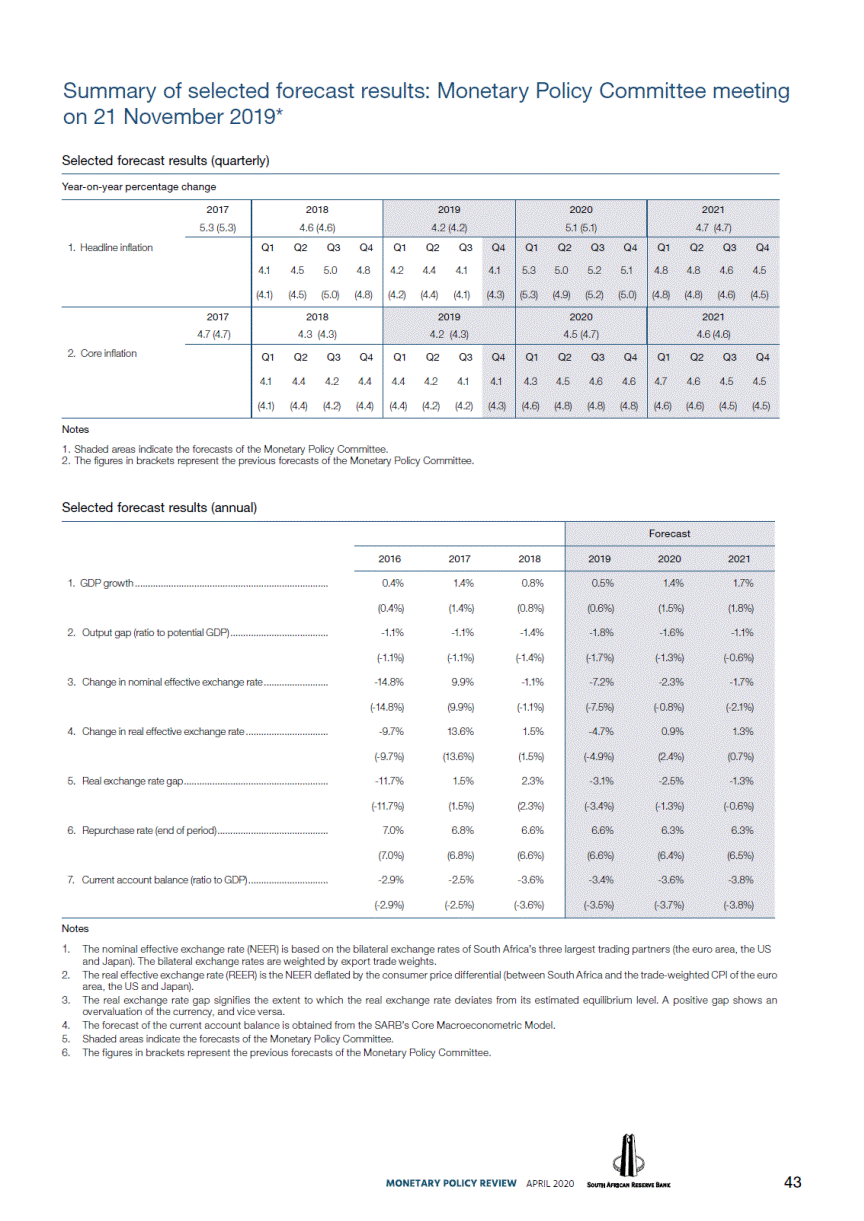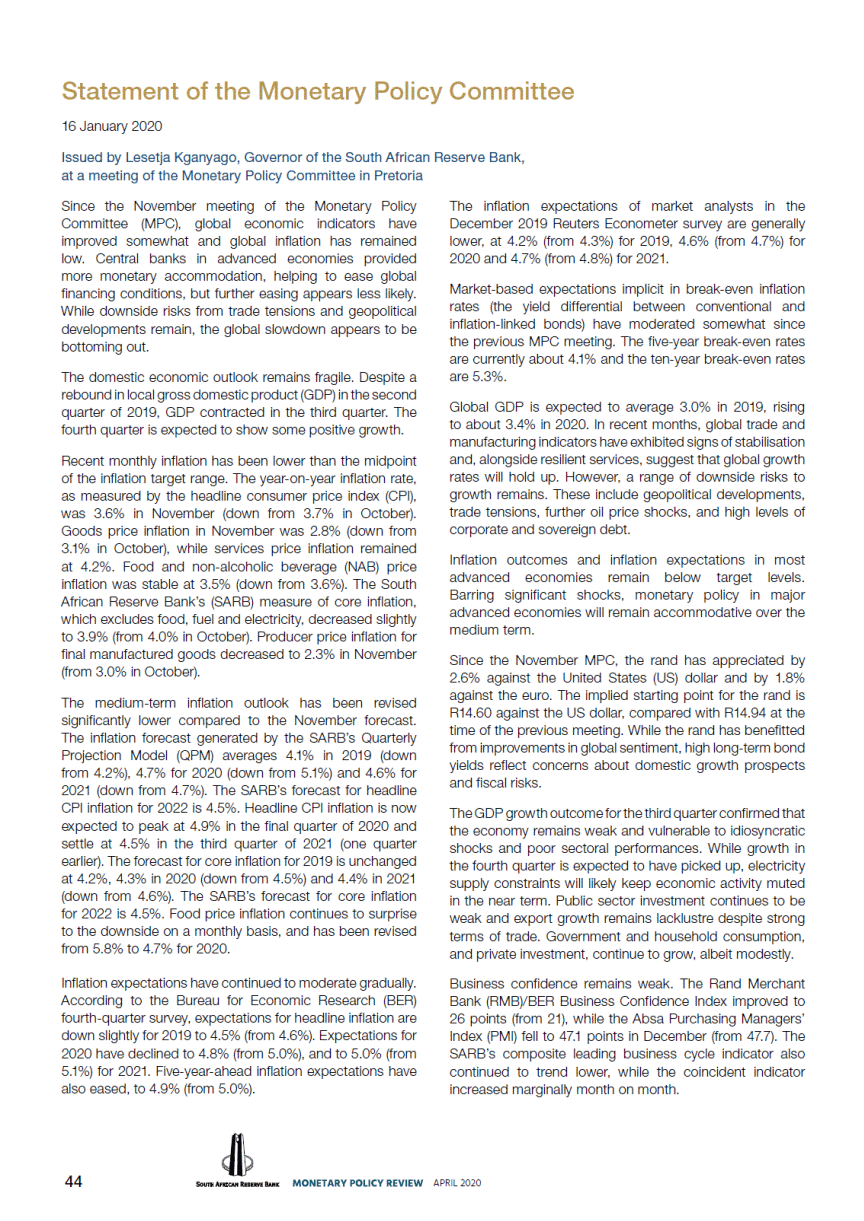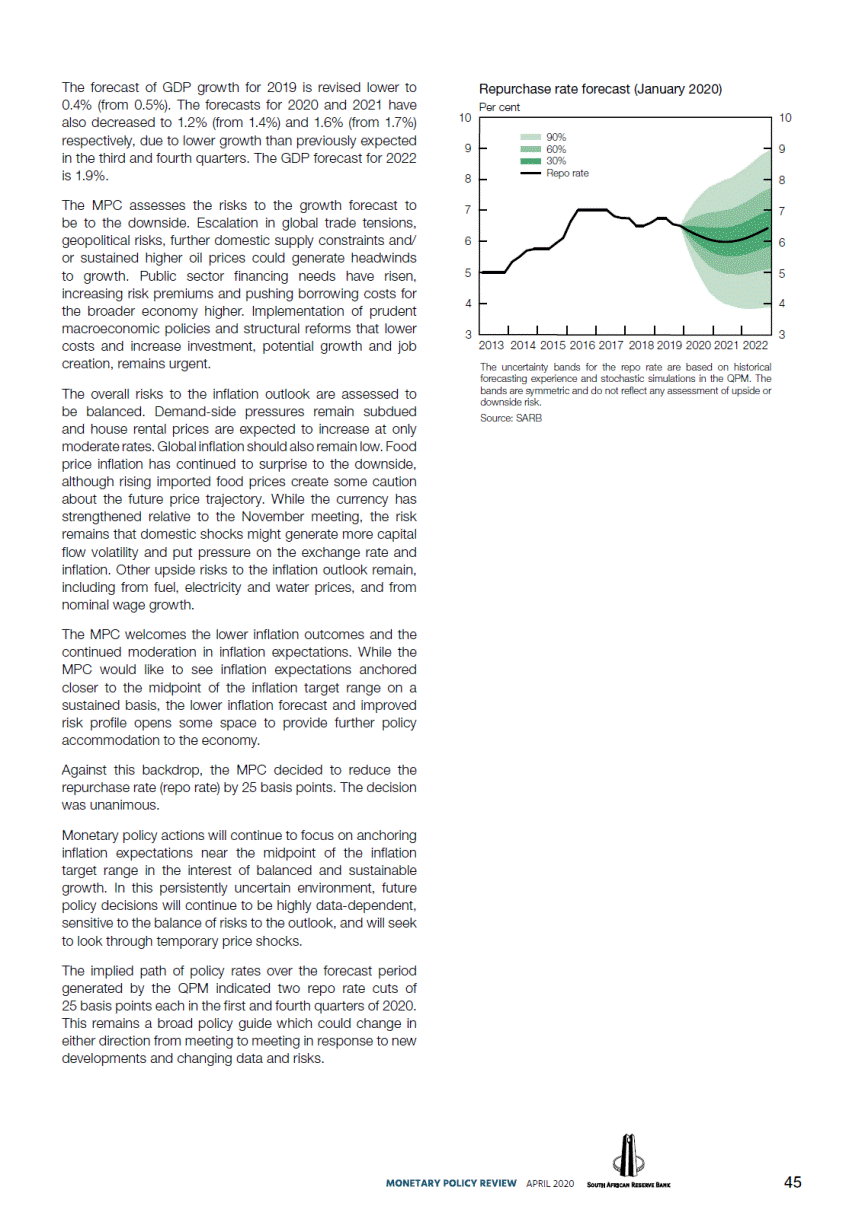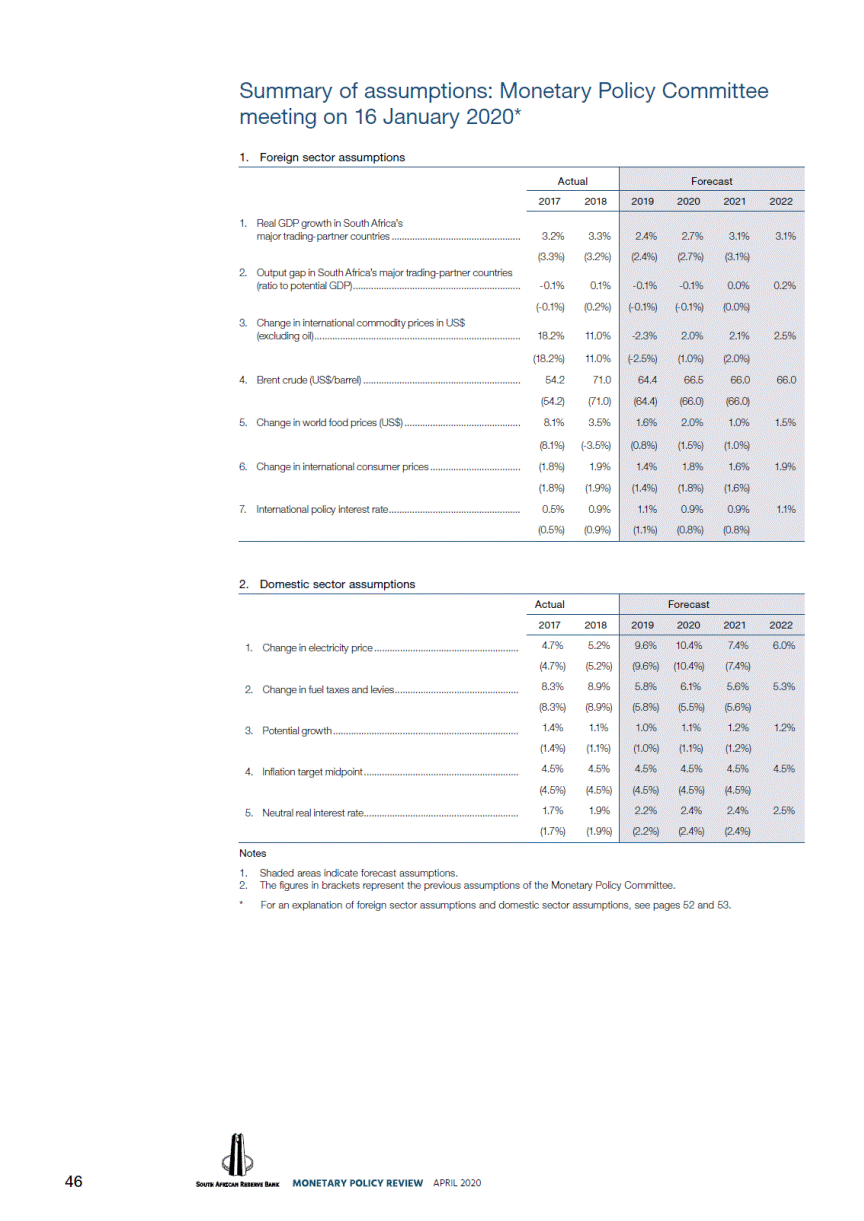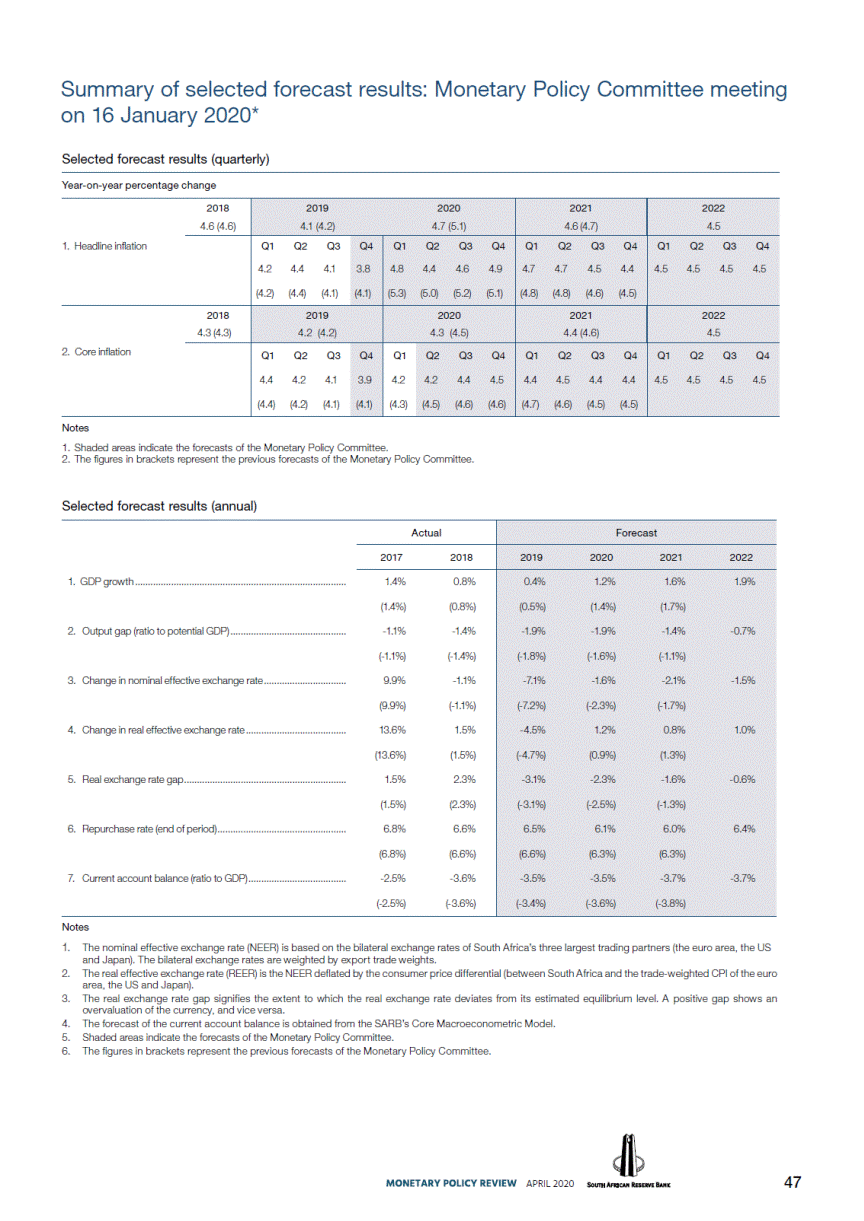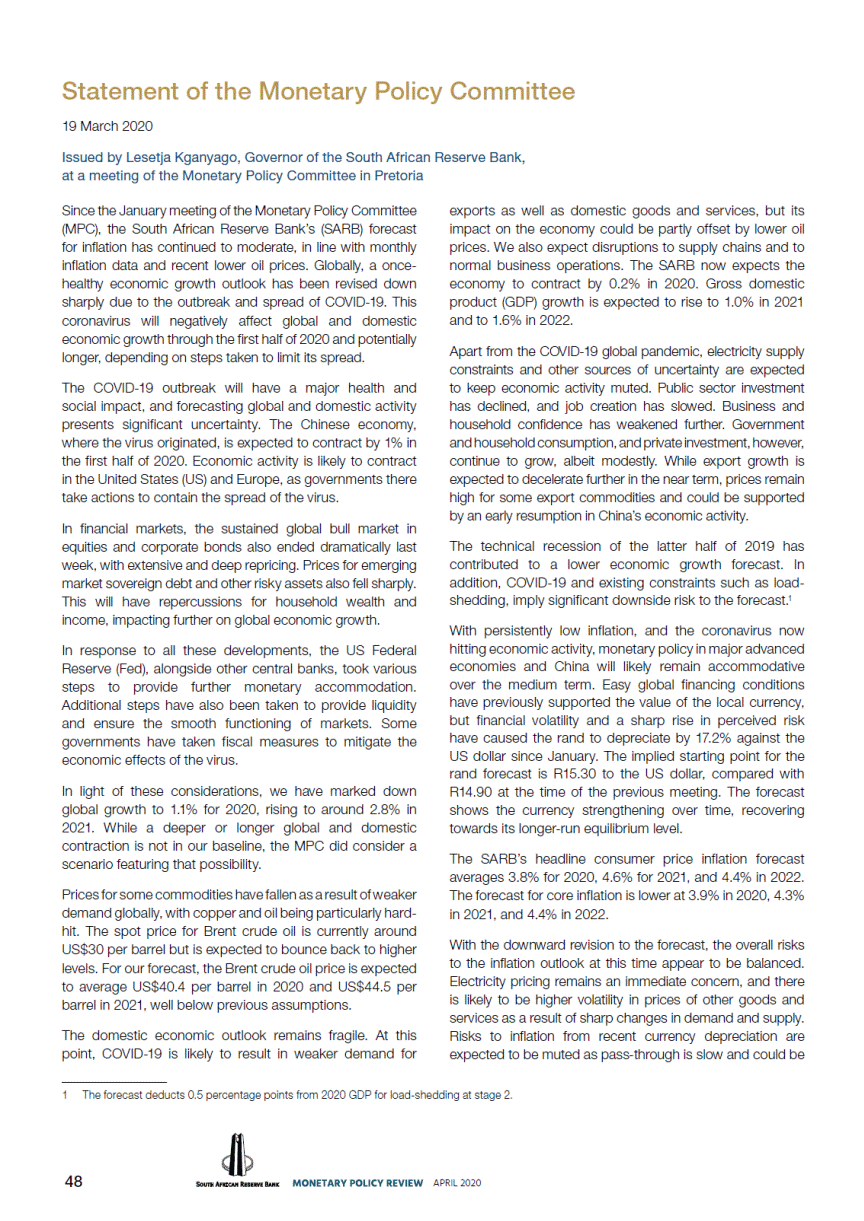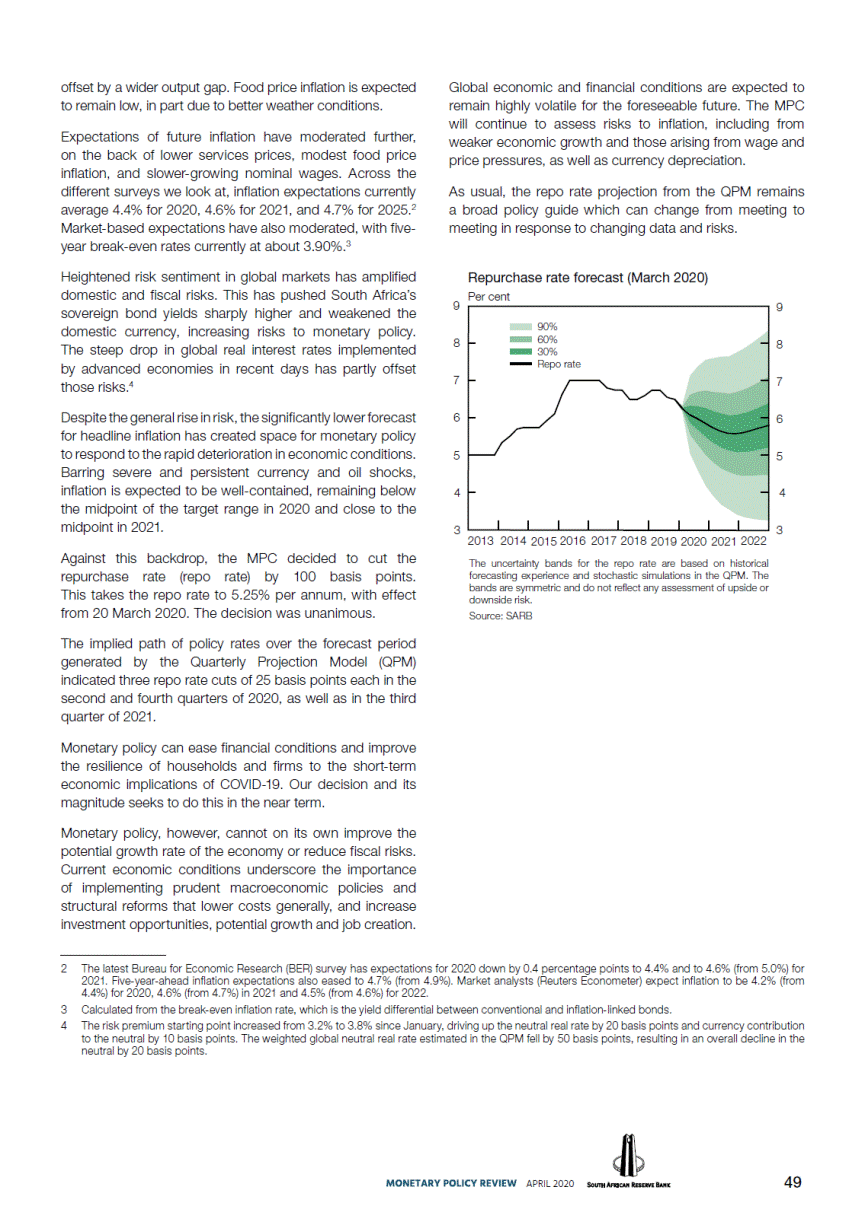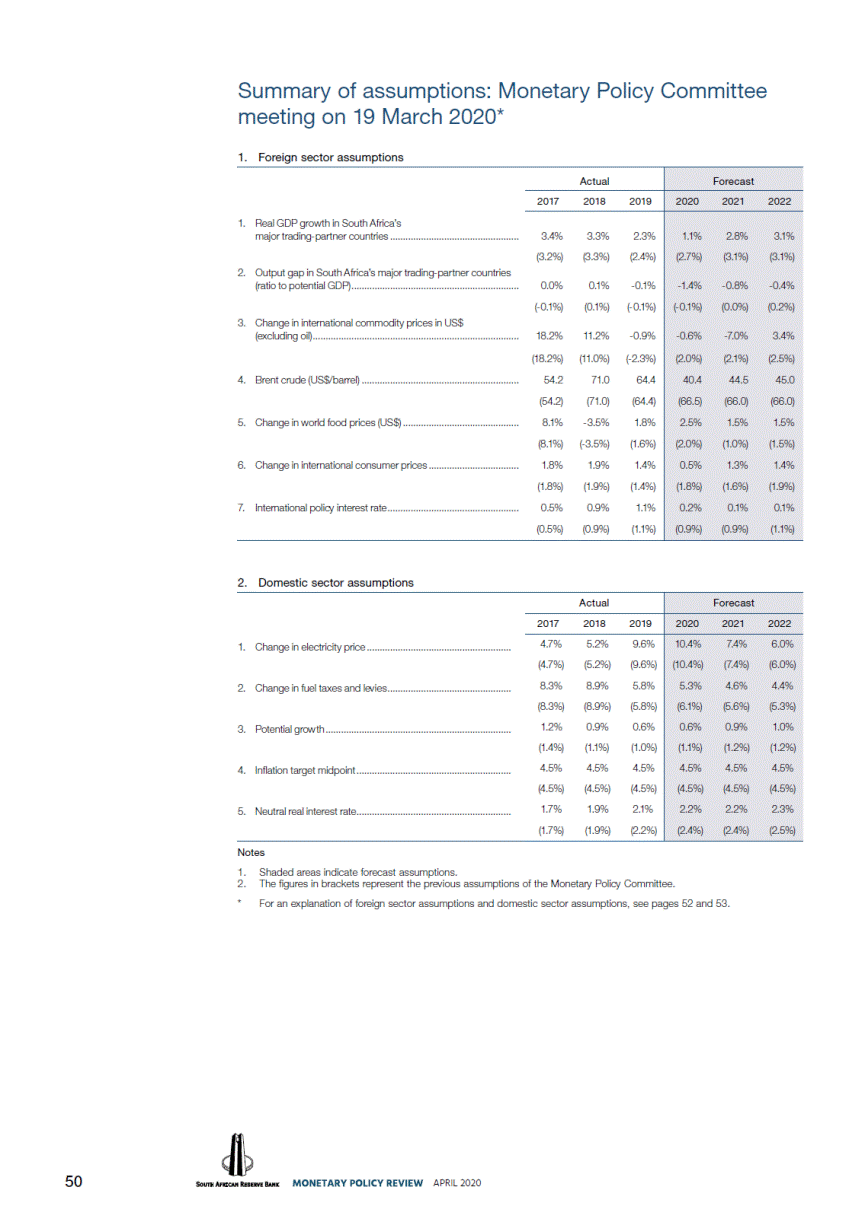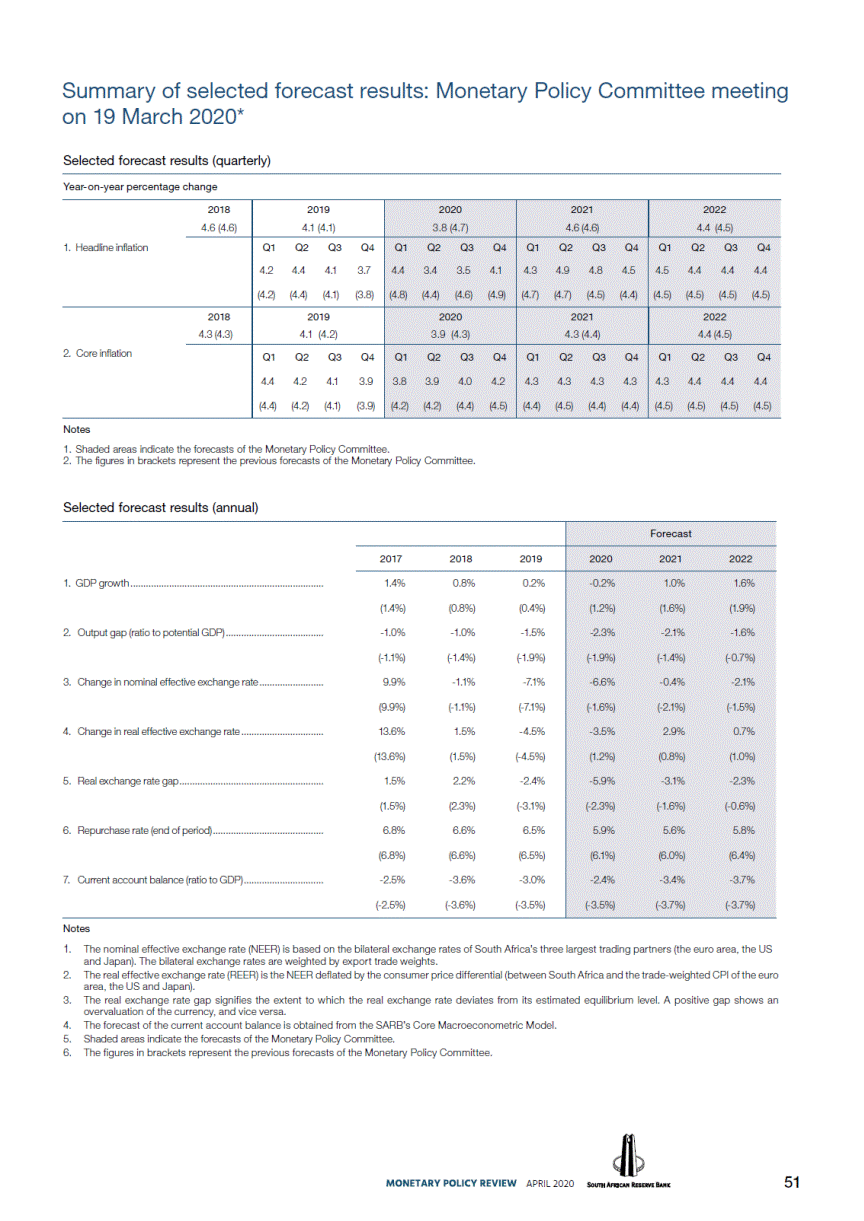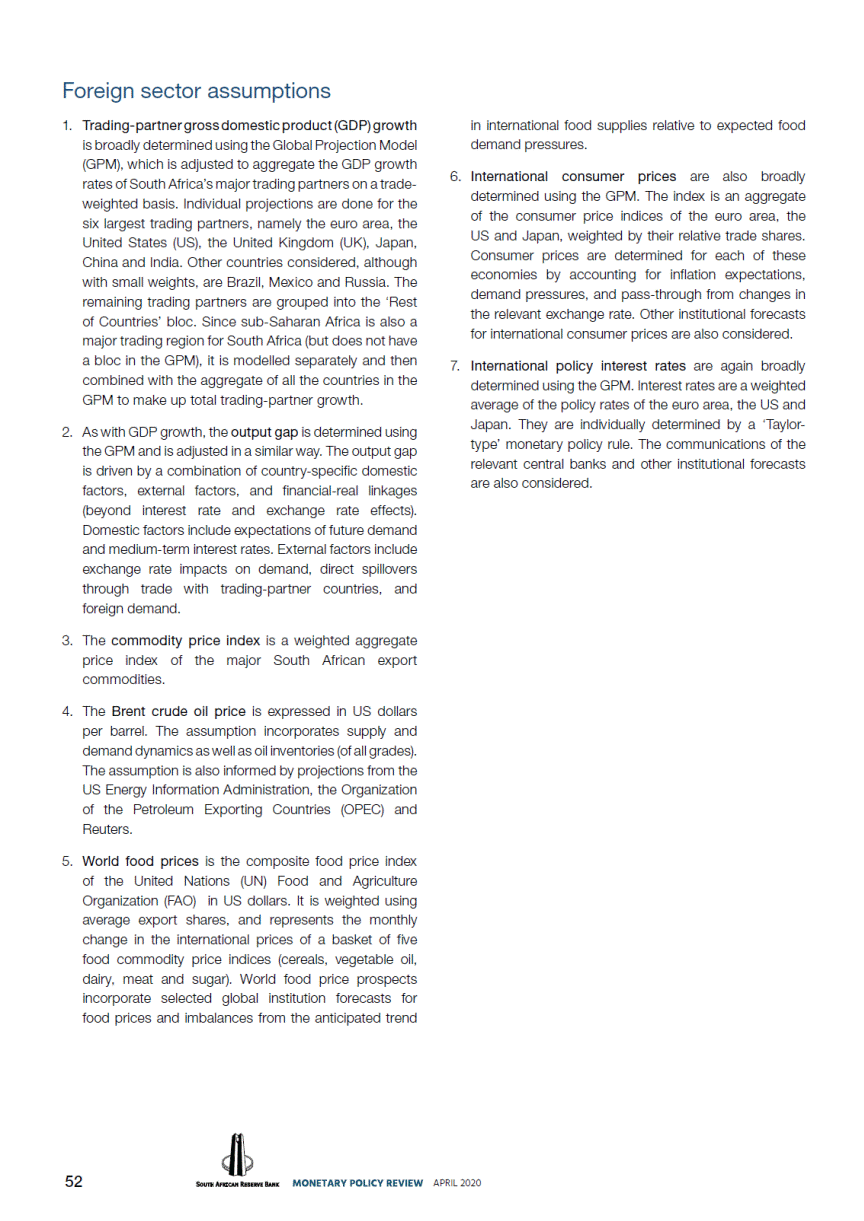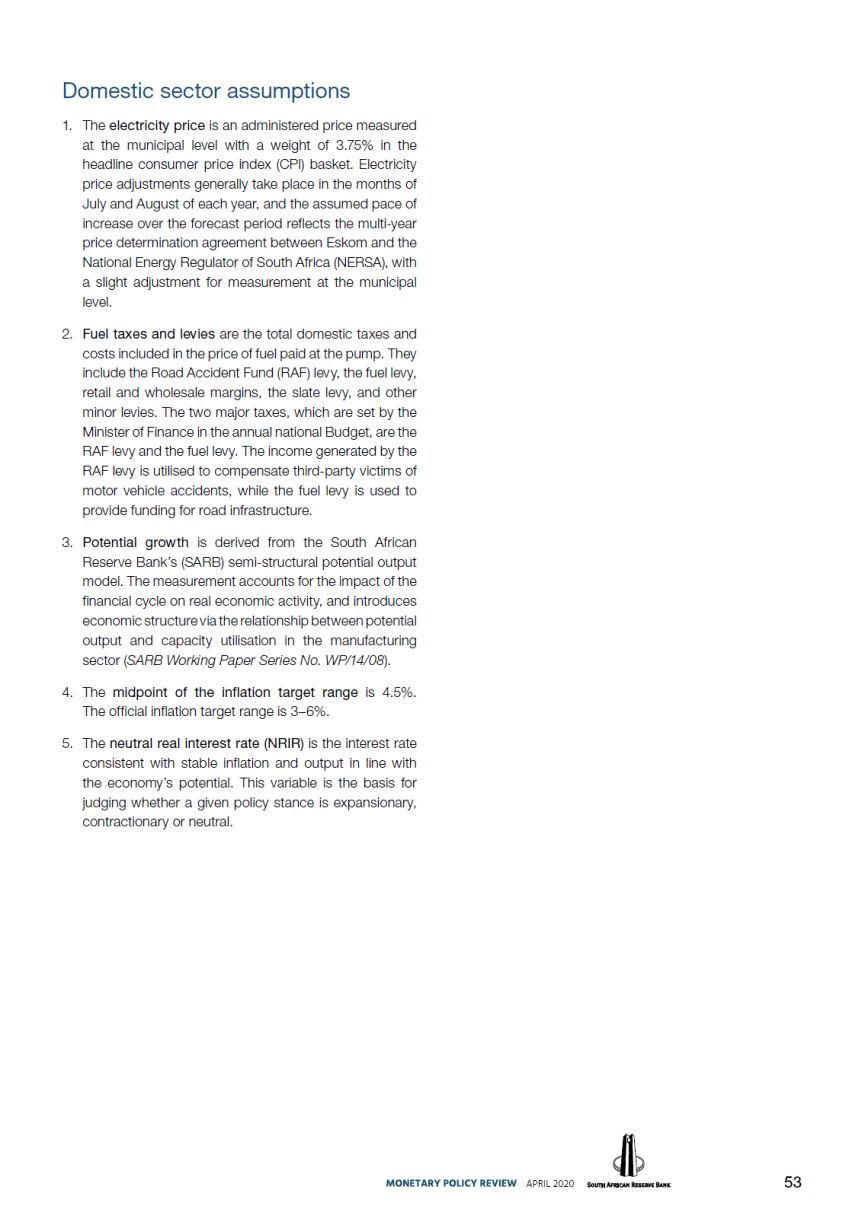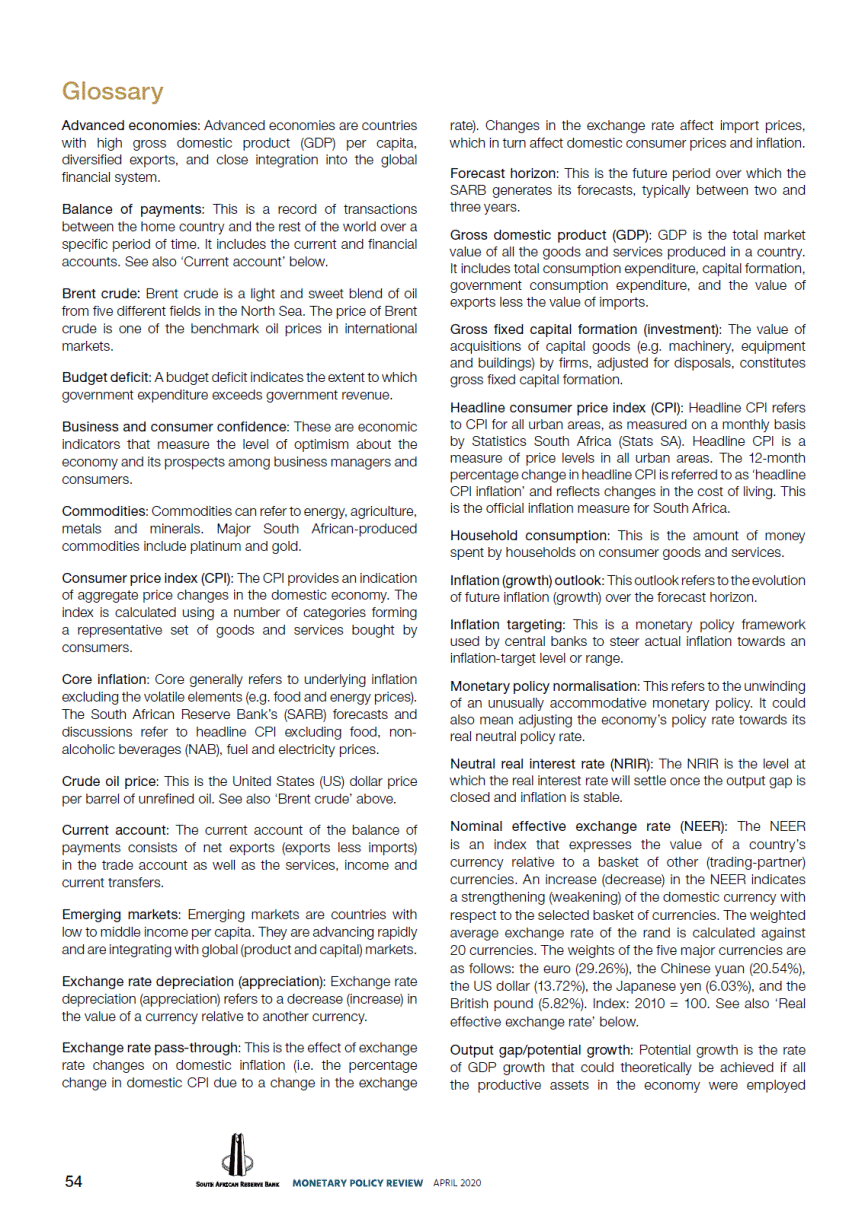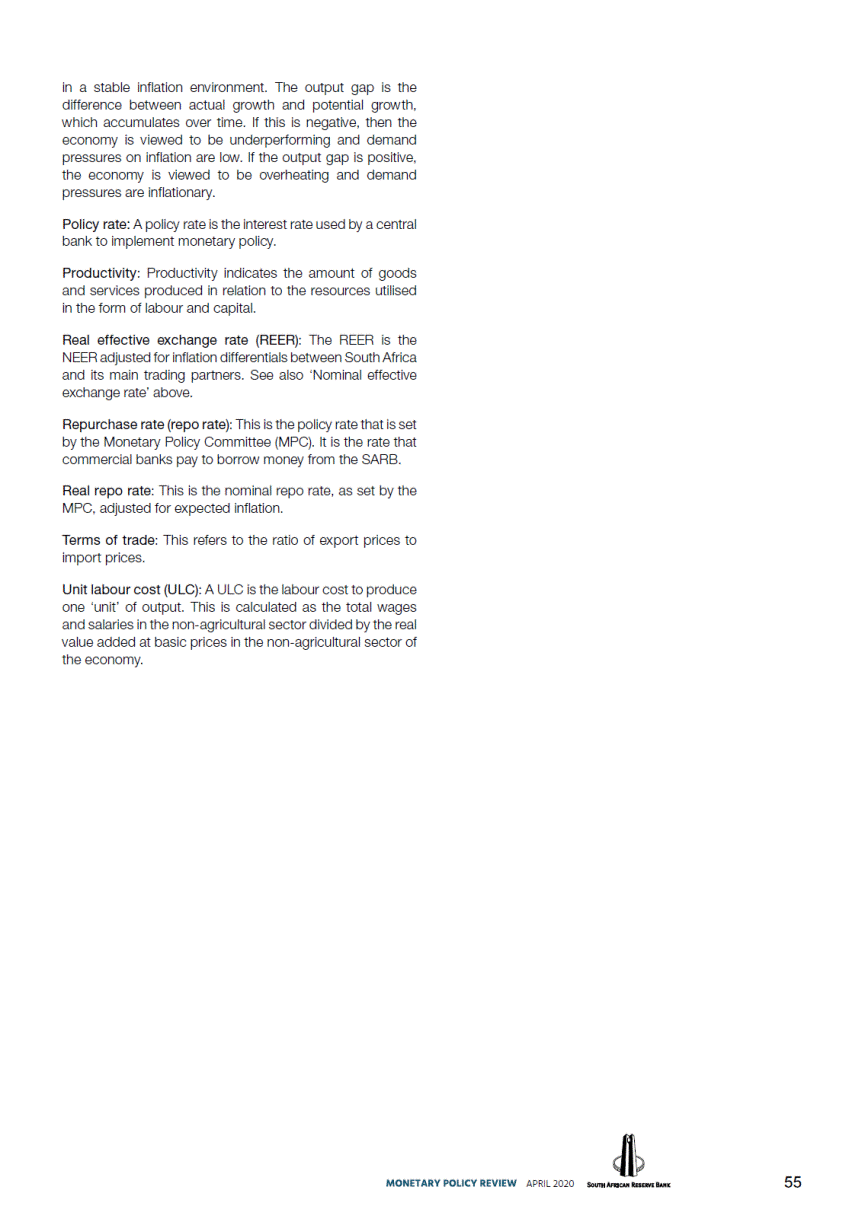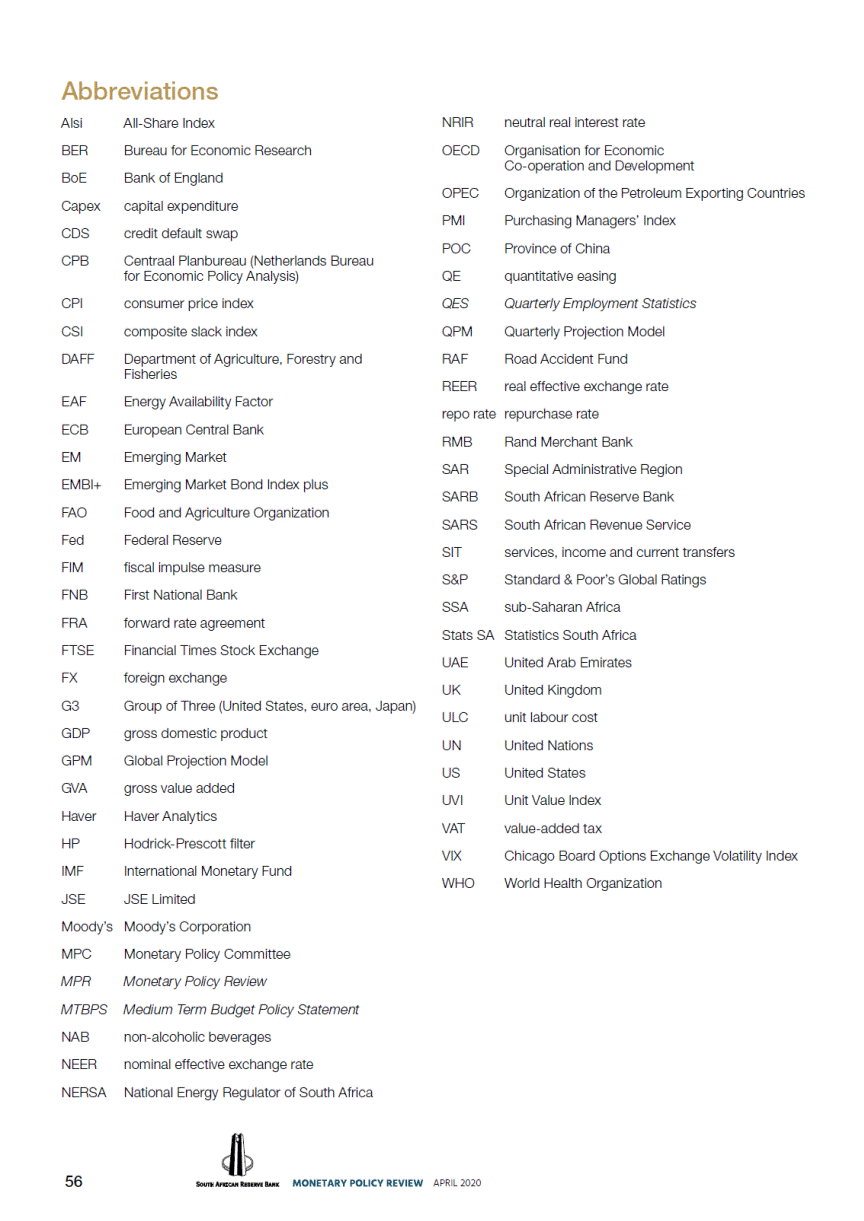with one quarter of the world’s population under some form of lockdown by late March. Globally, the worst-affected industries have been those which move or assemble people, particularly airlines, as well as the entertainment, restaurant and tourism sectors. Financial markets have also been highly volatile (as discussed in the following chapter). G3 unemployment and inflation Percentage change over 12 months 14 12 Unemployment (per cent) Targeted inflation 10 8 Context Although the COVID-19 outbreak has imposed a single theme on the global economic narrative, it appeared against a backdrop of diversity, with the US having performed relatively well, the euro area being weaker, and many major emerging markets having already struggled with protracted low growth. 6 4 2 0 -2 -4 2000–2020 US 2000–2020 Japan 2000–2020 Euro area In the US, growth was steady around a trend rate of approximately 2% throughout 2019. US unemployment registered 3.6% in January 2020, a 51-year low, and job growth was unexpectedly robust, with net job gains averaging over 200 000 monthly in the second half of the year and reaching 273 000 jobs added as late as February 2020. By contrast, euro area growth was just 1.2% in 2019, a seven-year low. Japan and the UK also lagged US growth levels, with those economies growing 1% and 1.3% respectively during 2019. Source: Haver Major emerging market growth Percentage change 9 8 2010–2018 average 7 Inflation in the major advanced economies once again fell below central banks’ targets in 2019. In the US, targeted inflation averaged 1.4% for the year. It was 1.2% in the euro area and 0.6% in Japan. The UK has had inflation closer to target recently, mainly due to exchange rate depreciation, but the consumer price index (CPI) has nonetheless slowed in 2019, to average 1.8% for the year. Persistently low advanced economy inflation remains an acute challenge to both monetary policy practice and theory, prompting, so far, many hypotheses but as yet no consensus answers.4 6 5 4 3 2 1 0 China Source: Haver India Brazil Russia Emerging market growth disappointed yet again in 2019. India’s slowdown intensified, with growth falling to just 4.8% in the year, from 6.8% in 2018. Other major emerging markets, having stagnated through much of the past decade, once again failed to accelerate meaningfully. (For instance, Brazil grew 1.2%, Mexico 0%, and Russia 1.1%.) Meanwhile, China’s slowdown persisted, with growth of 6.1% for the year against 6.6% the year before. In this context, and with inflation generally well-behaved, emerging market central banks had been lowering rates, with a total of 53 easing policy during 2019. This trend has since been reinforced by the COVID-19 pandemic, with a new round of easing broadly underway since February. Trade volumes in emerging markets Percentage change 9 6 3 In sub-Saharan Africa (SSA), some countries grew rapidly, while others continued to struggle with stagnations induced by lower commodity prices and excess debt, among other challenges. 0 4 For a review of these hypotheses, see S Belz, D Wessel and J Yellen, ‘What’s (not) up with inflation?’, Hutchins Center on Fiscal and Monetary Policy, The Brookings Institution, January 2020, available at https://www. brookings.edu/product/ explaining-the-inflation-puzzle/. -3 2018 2019 2010–2016 2017 Source: CPB Netherlands Bureau for Economic Policy Analysis 10 APRIL 2020 Imports Exports 2019
